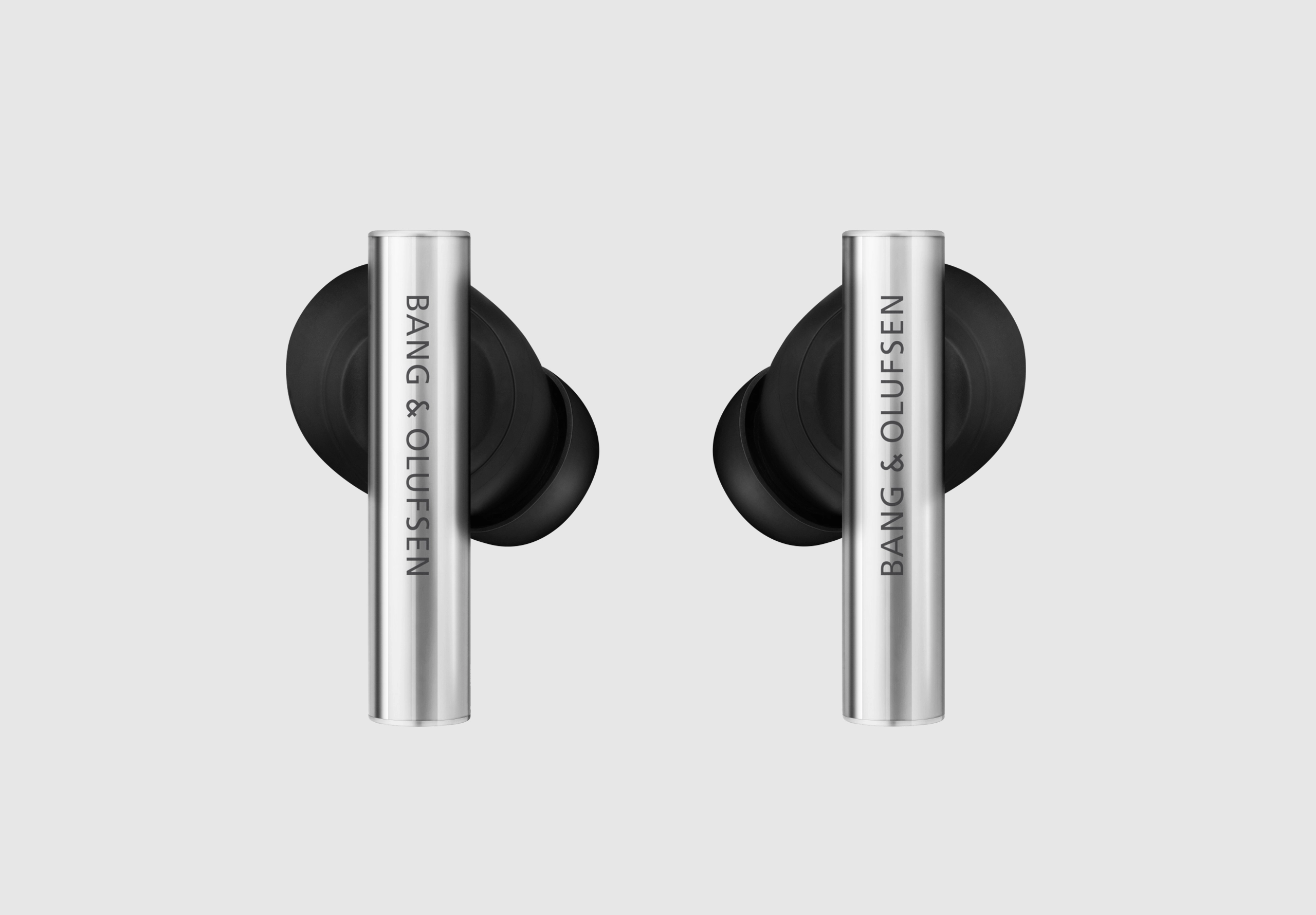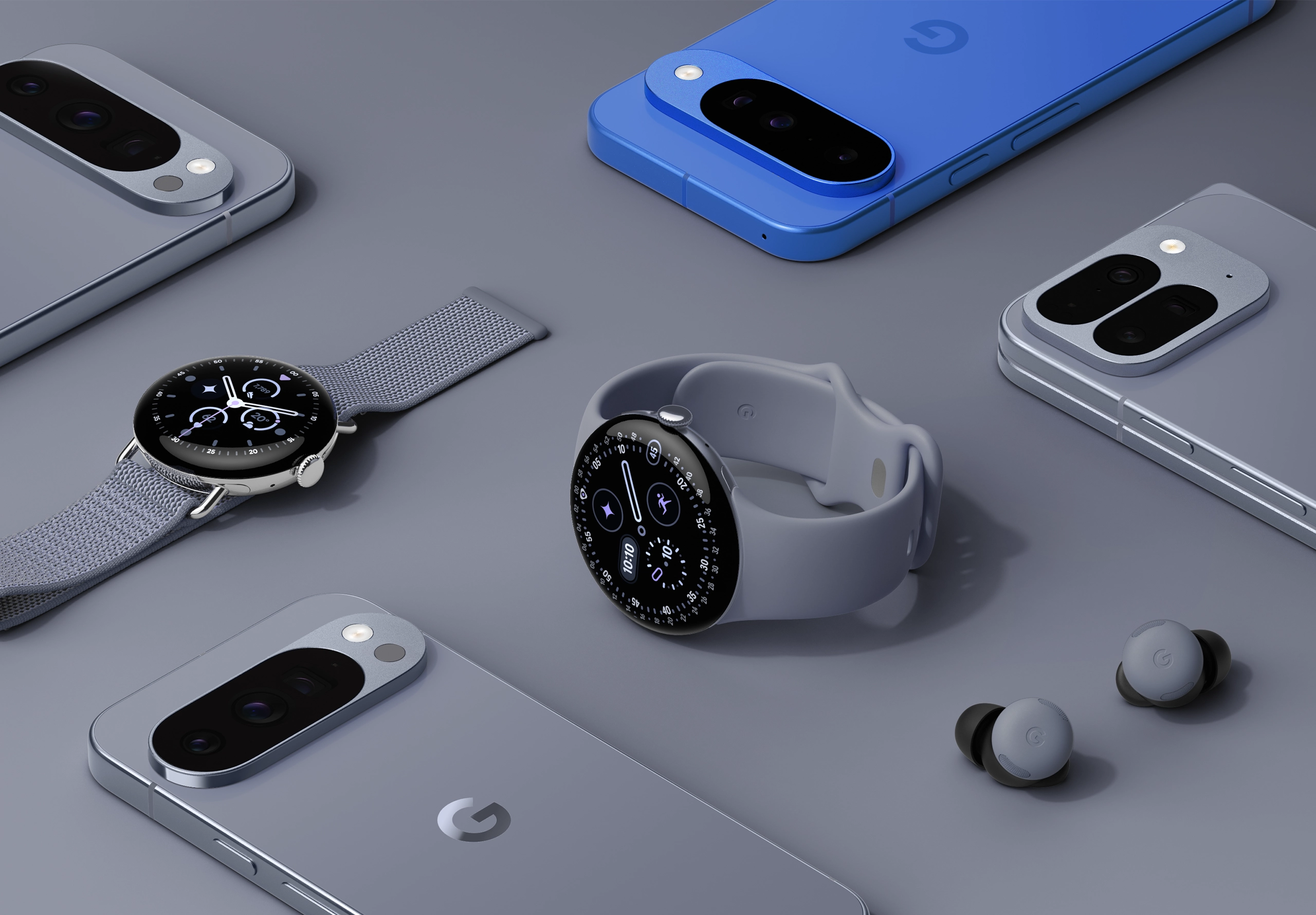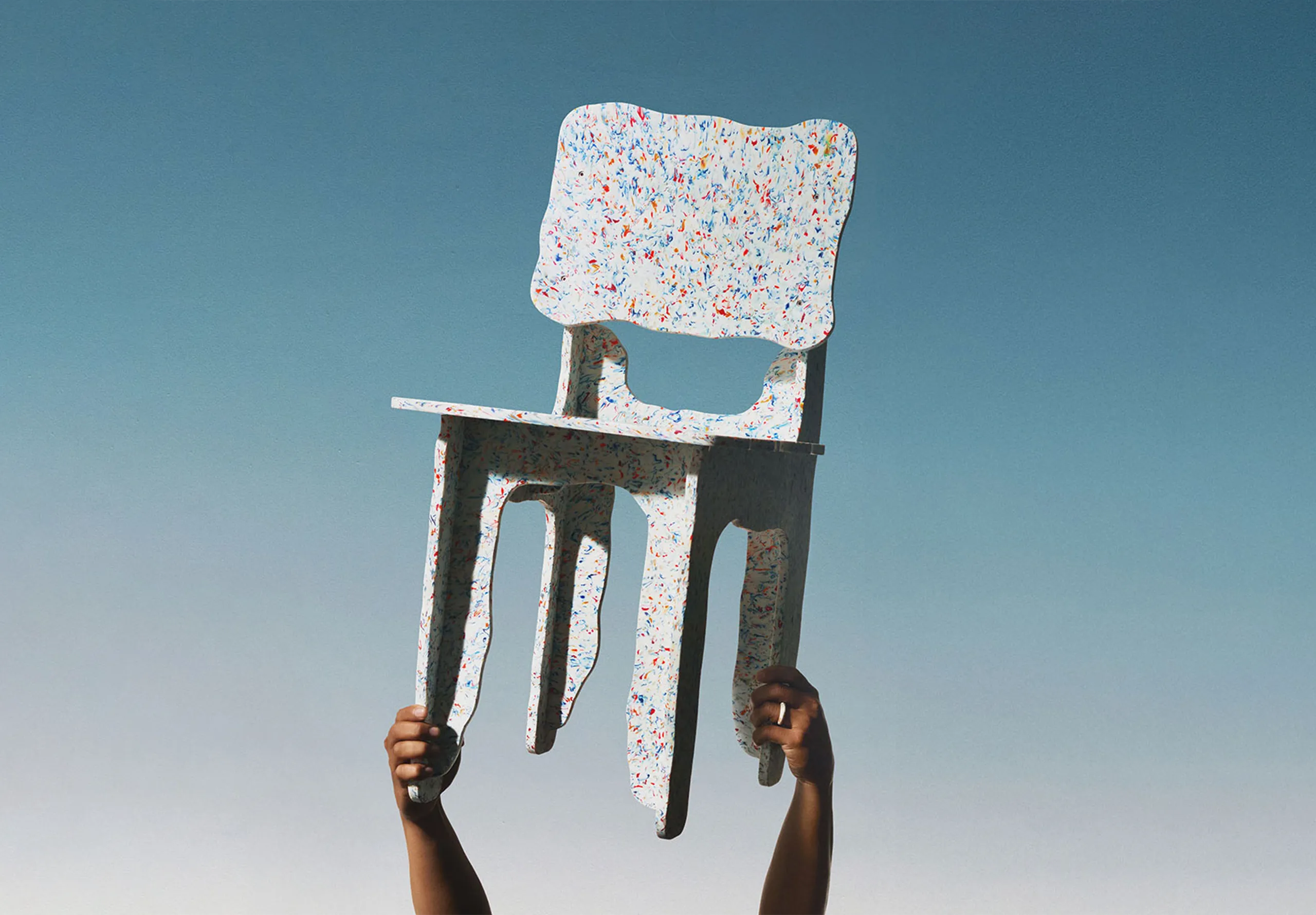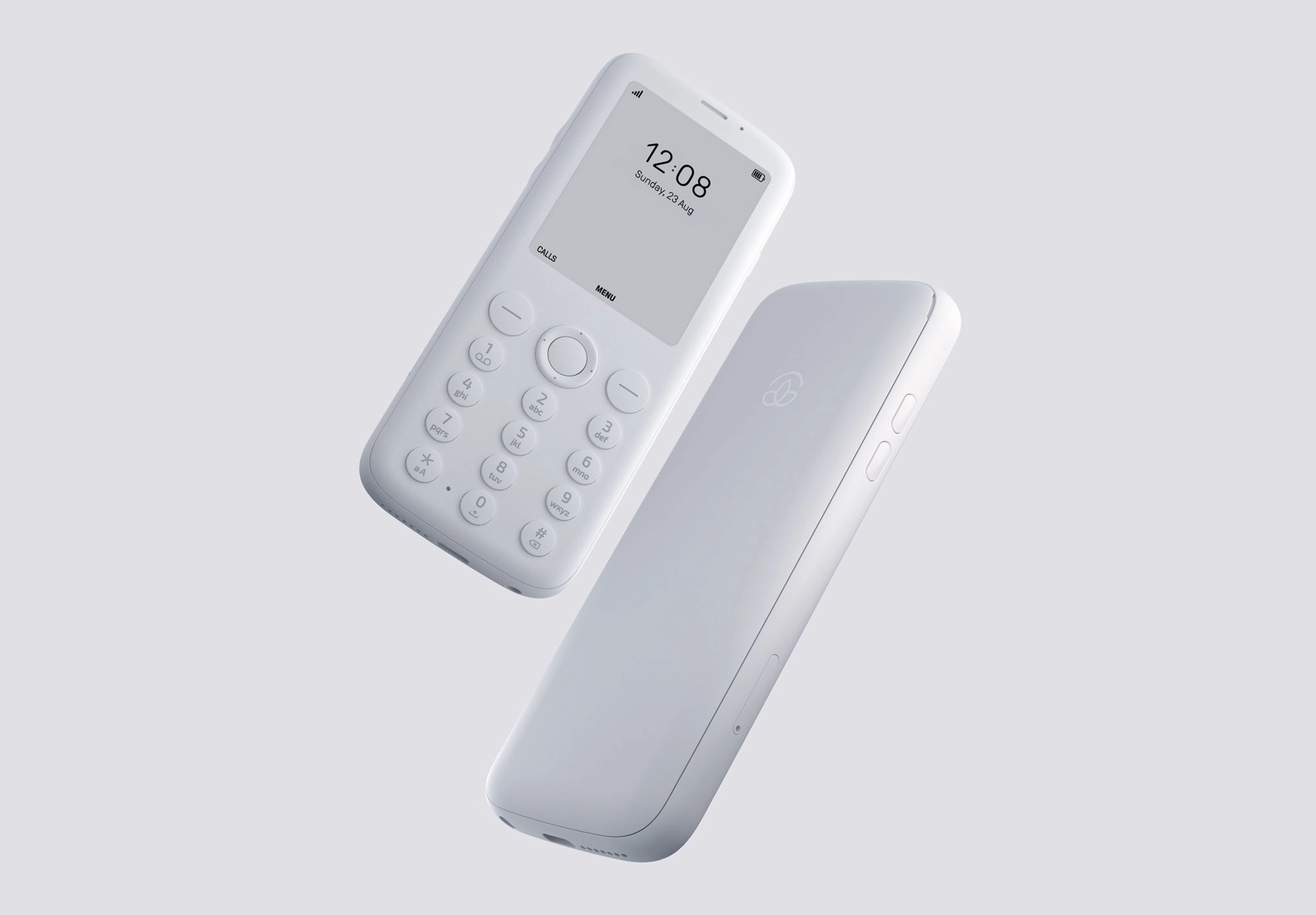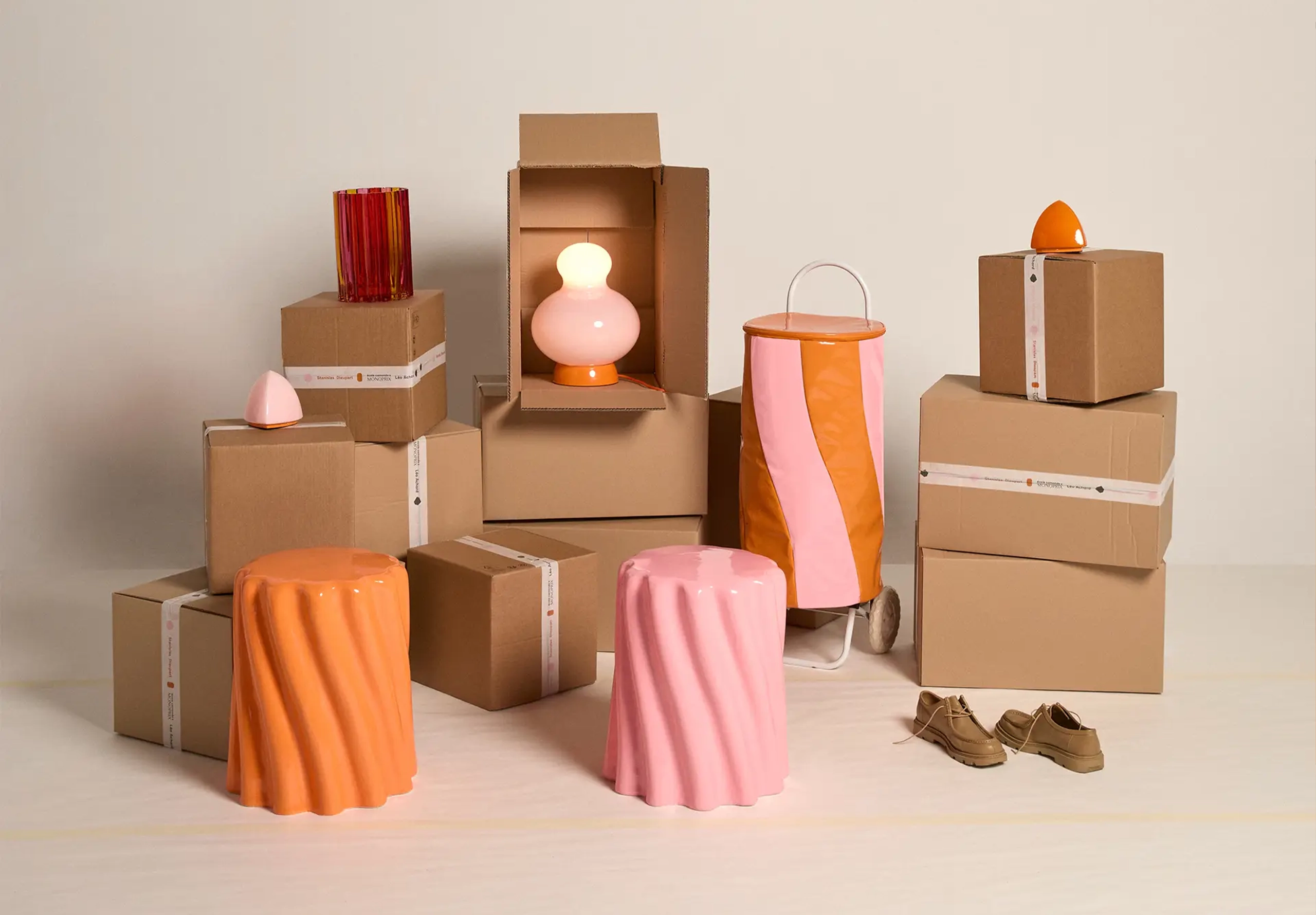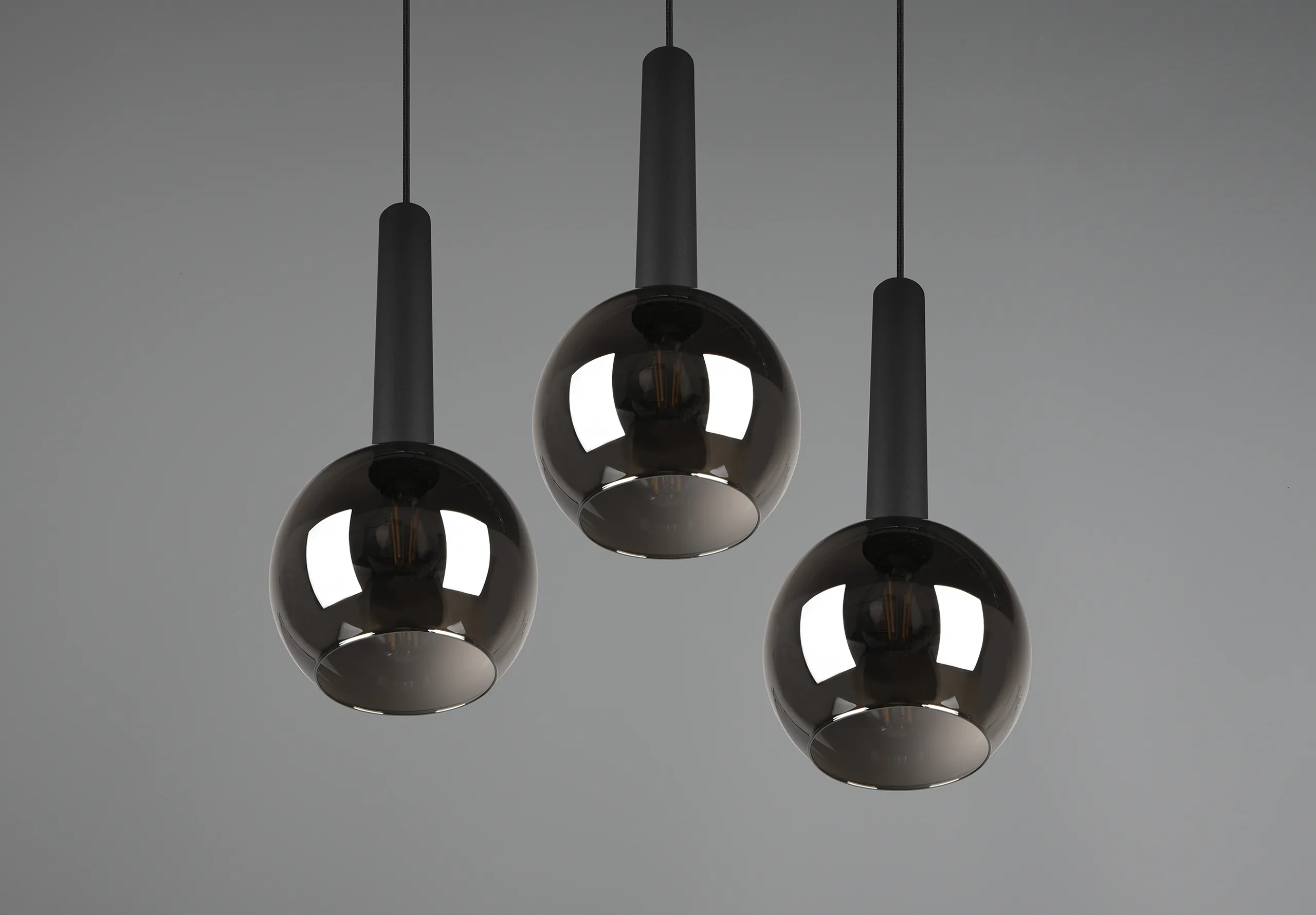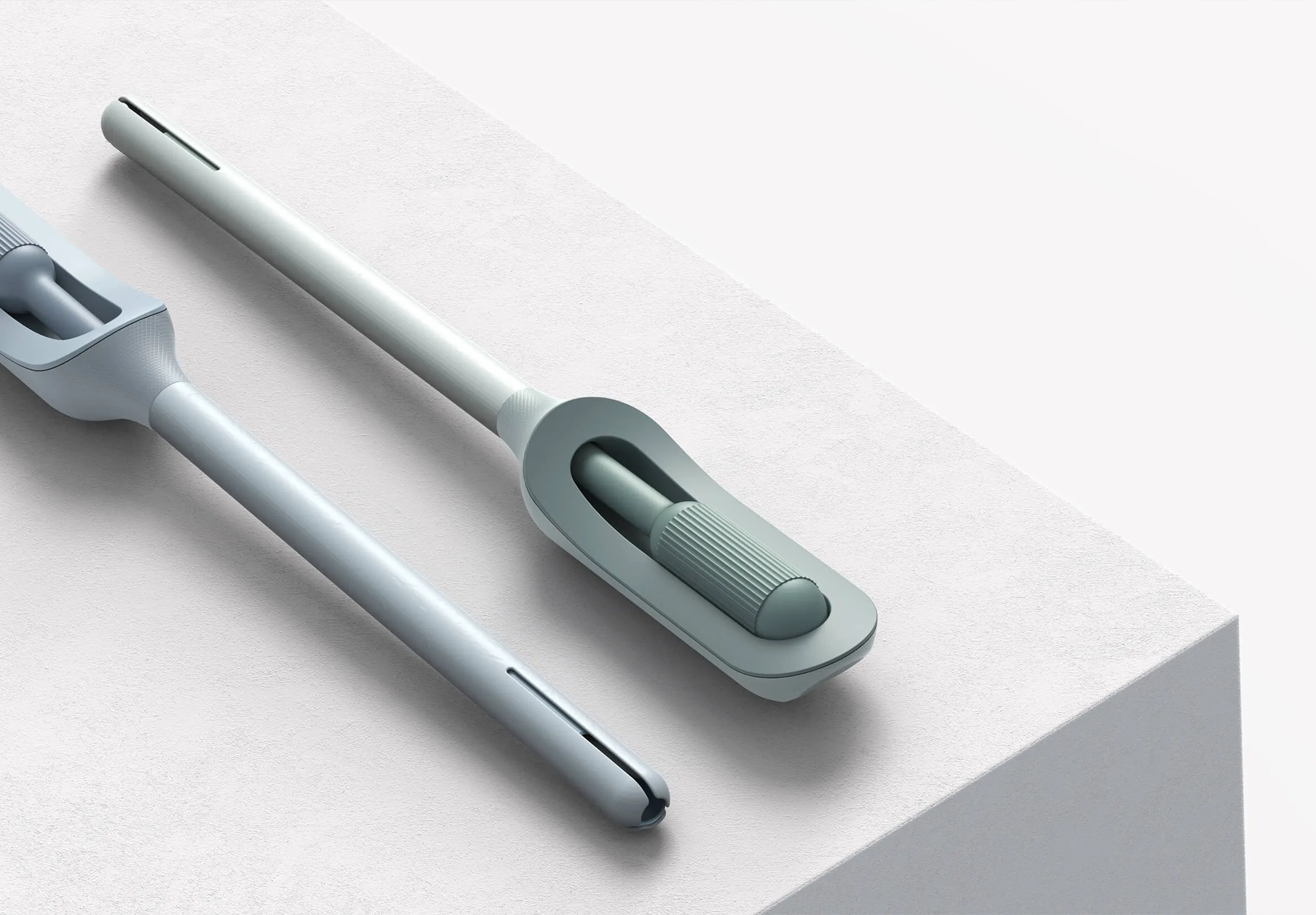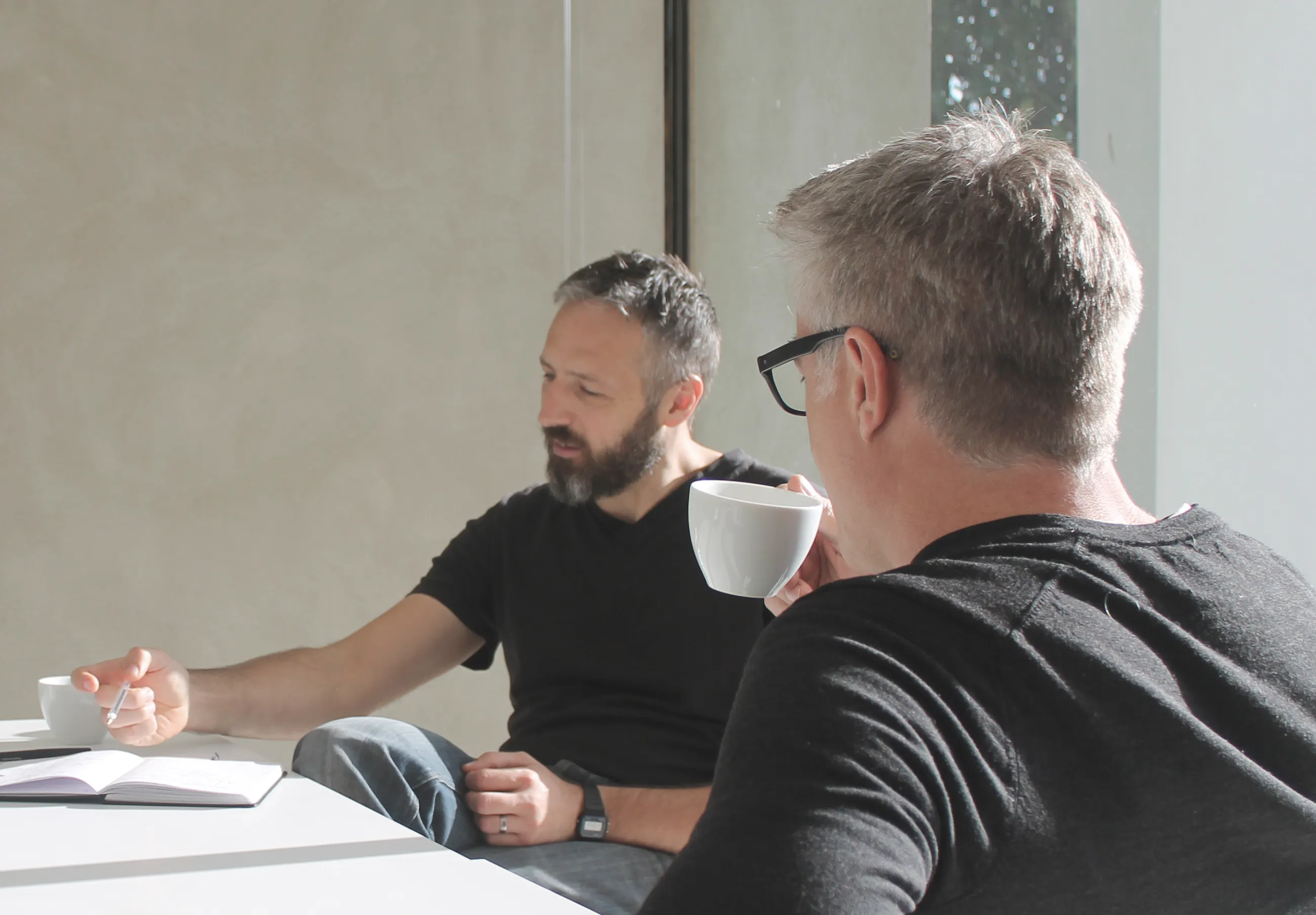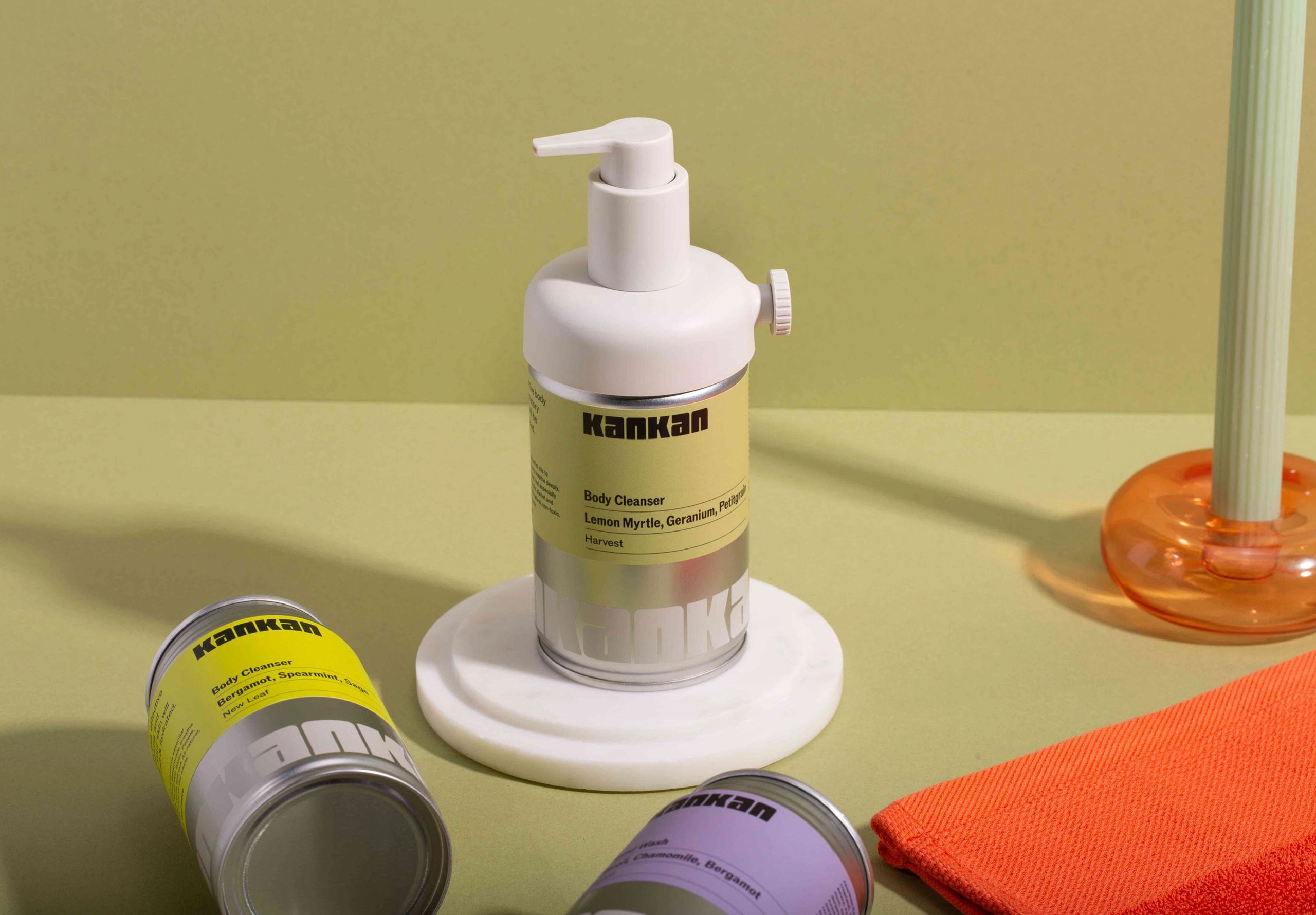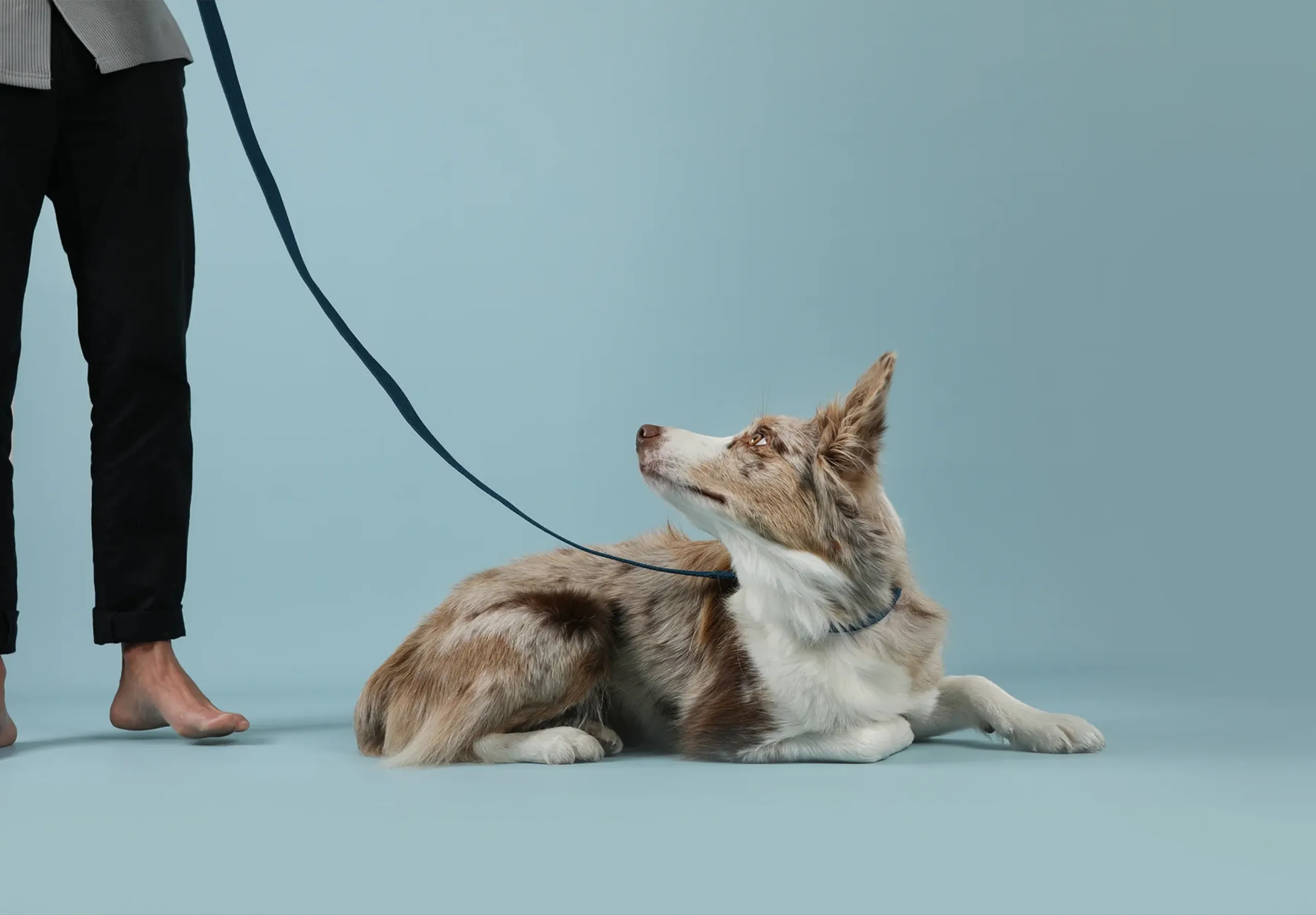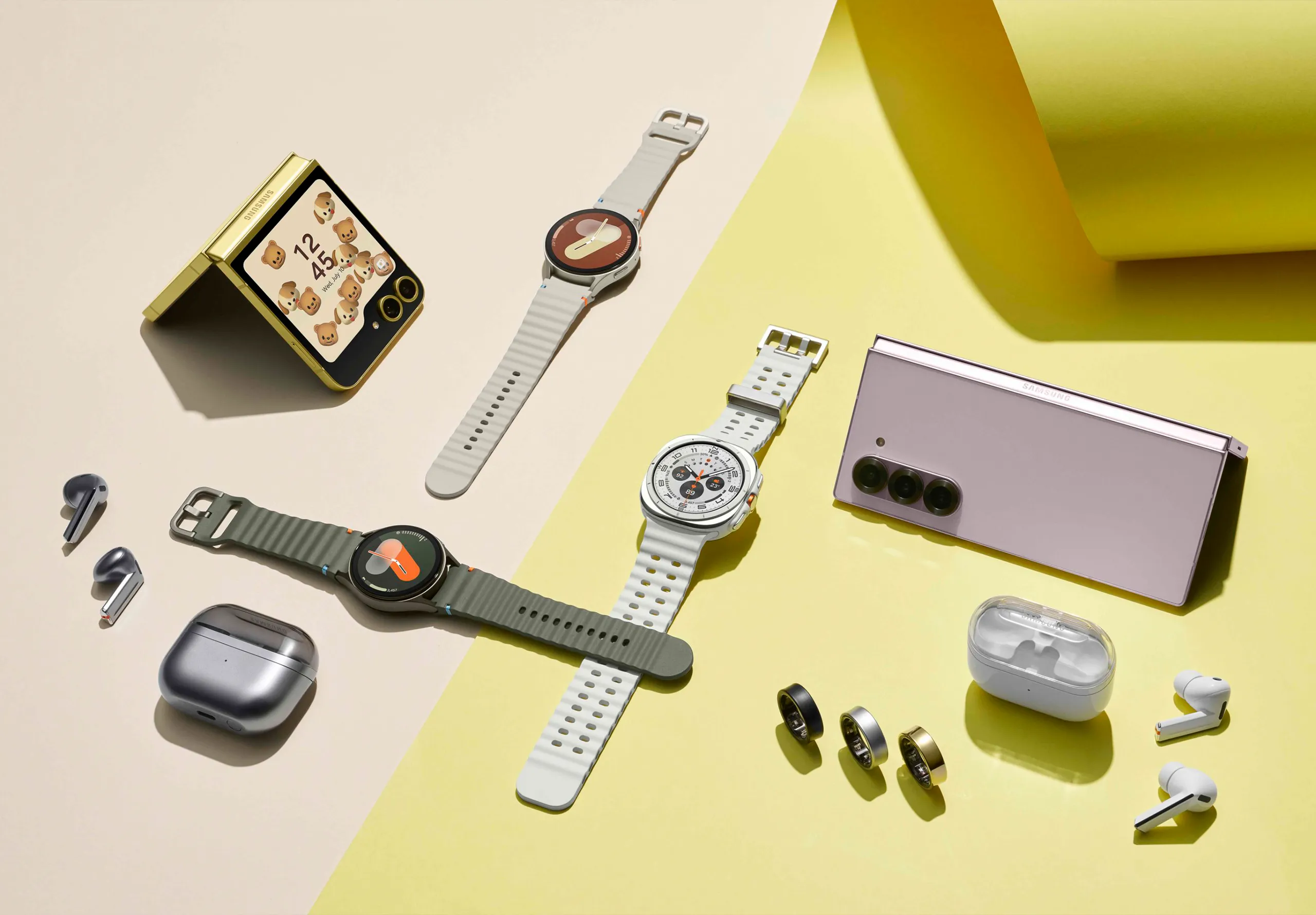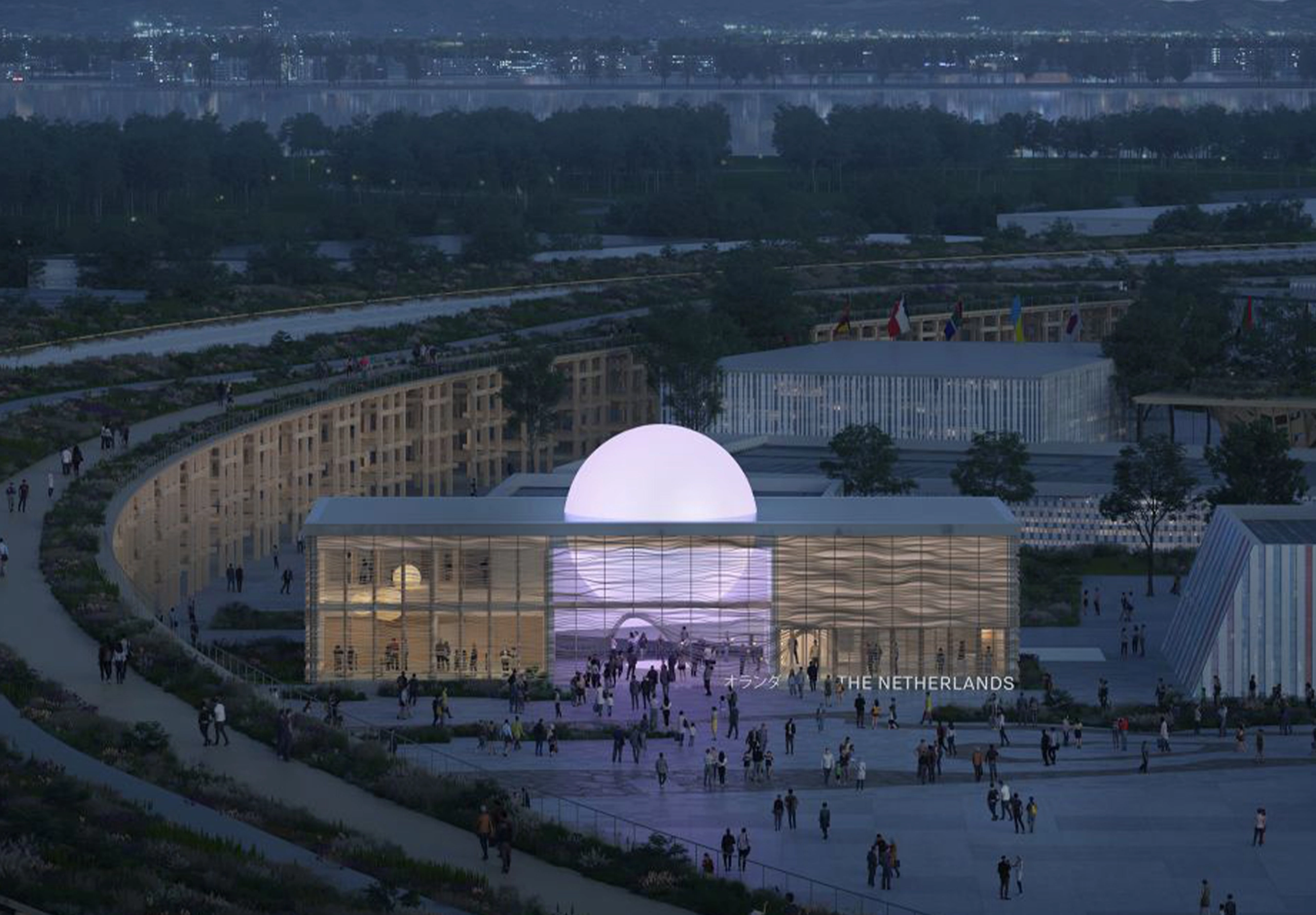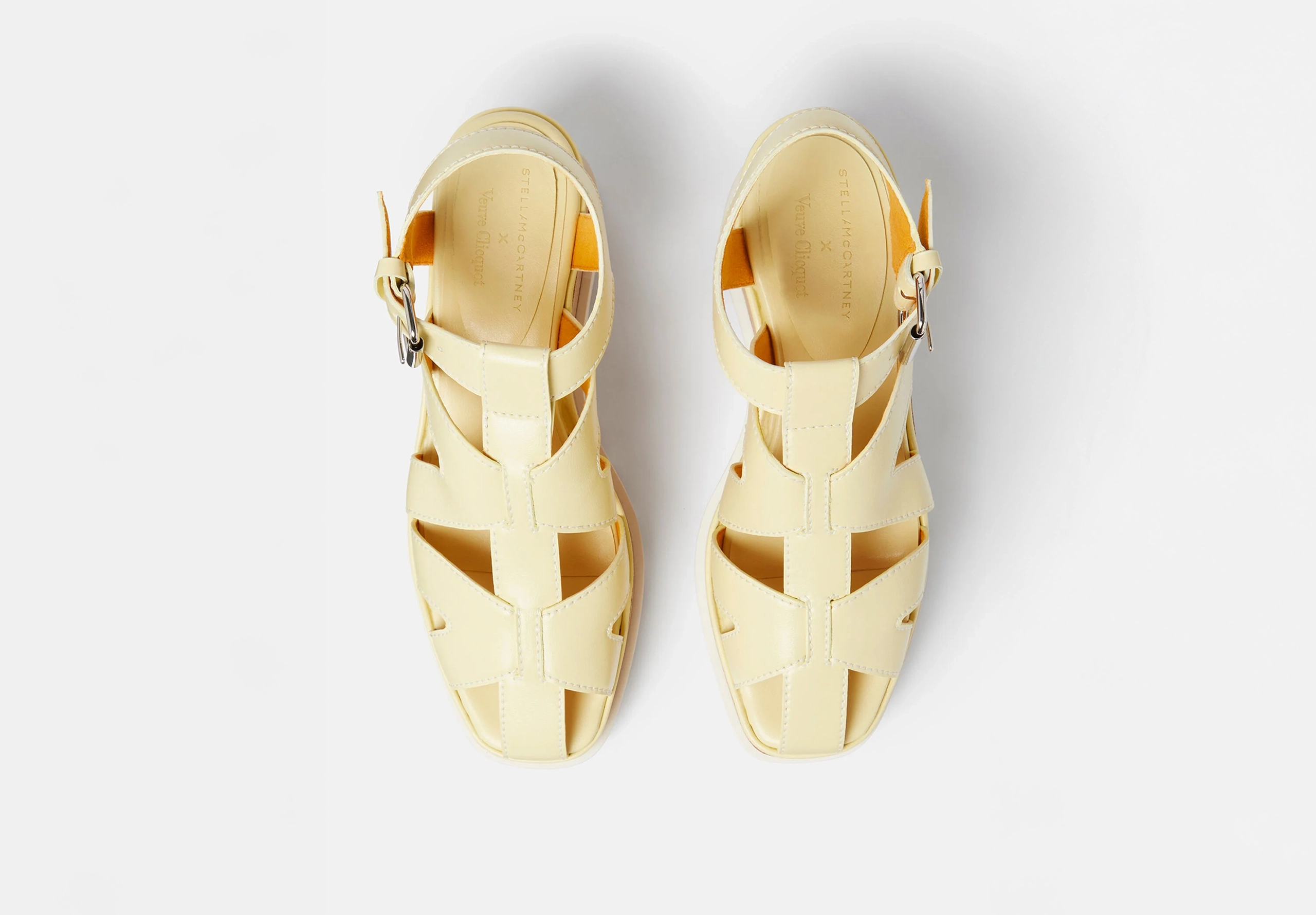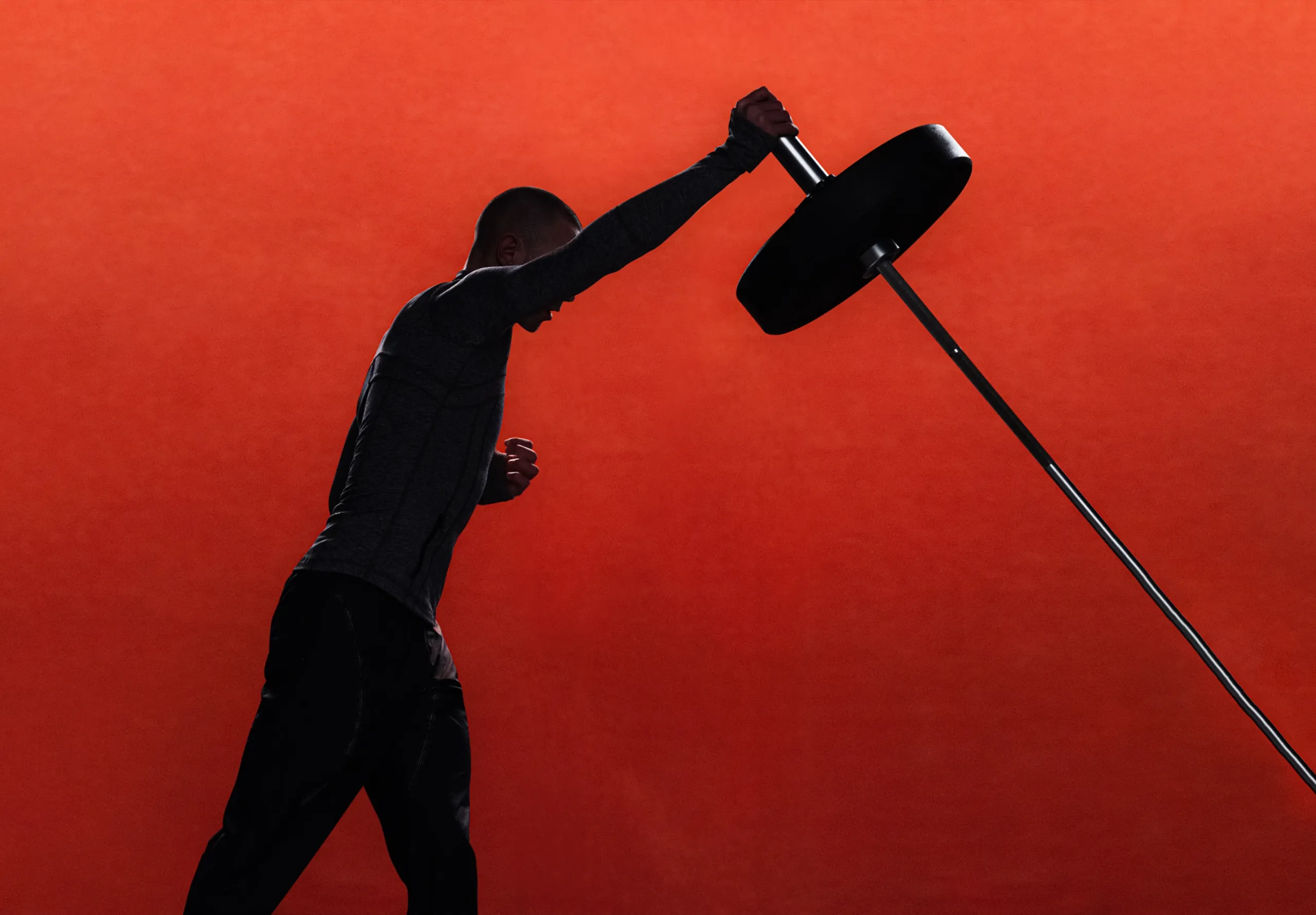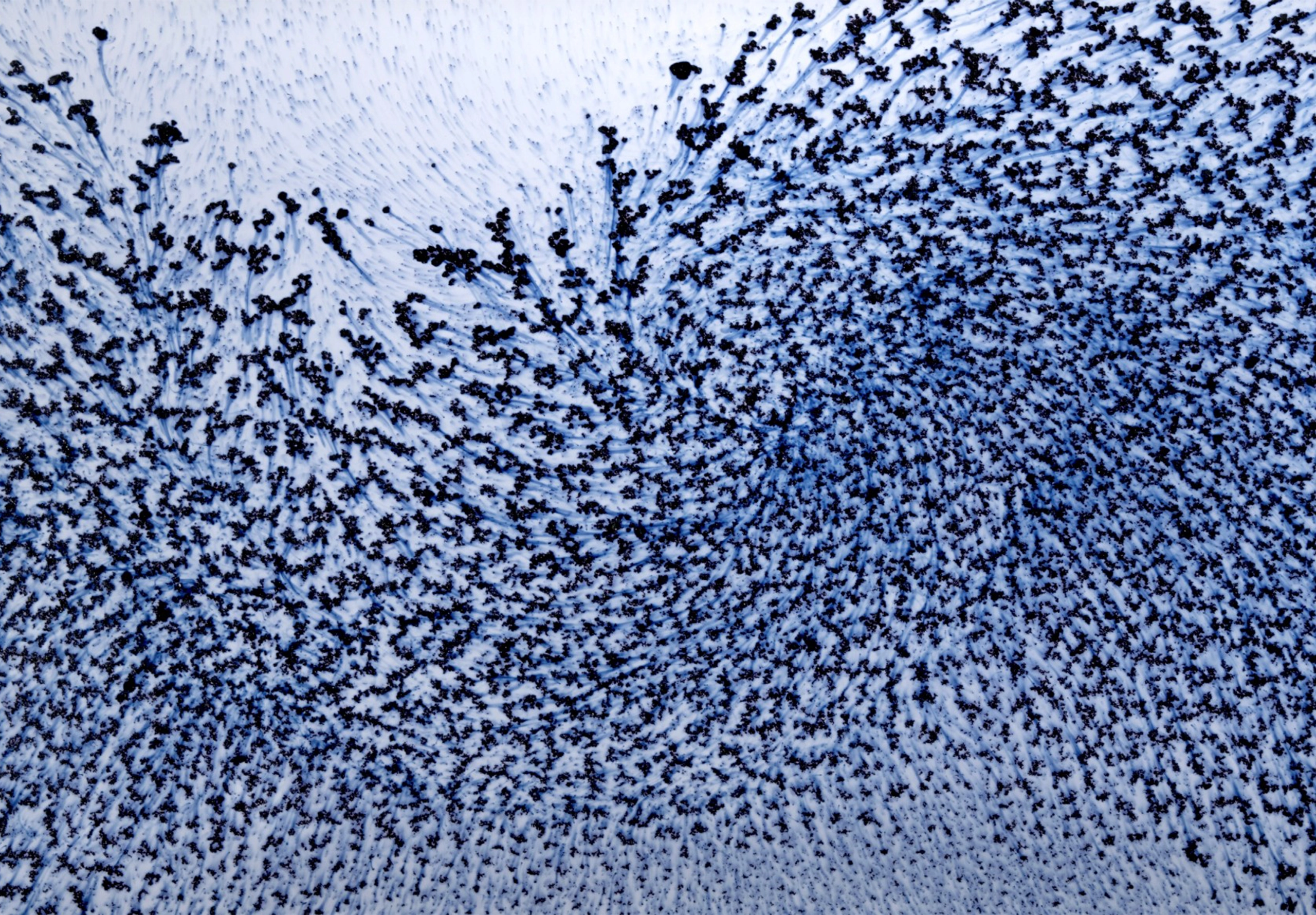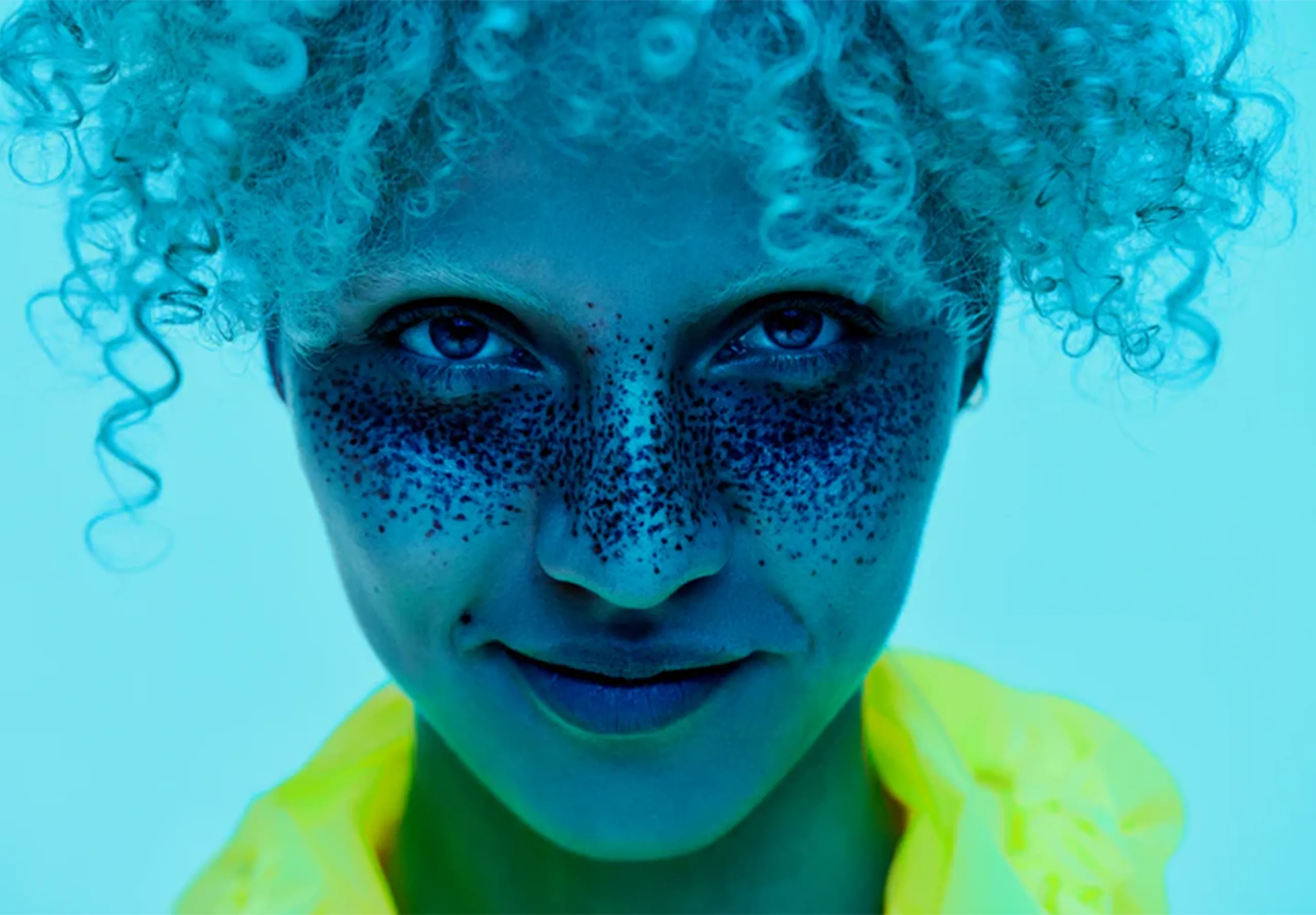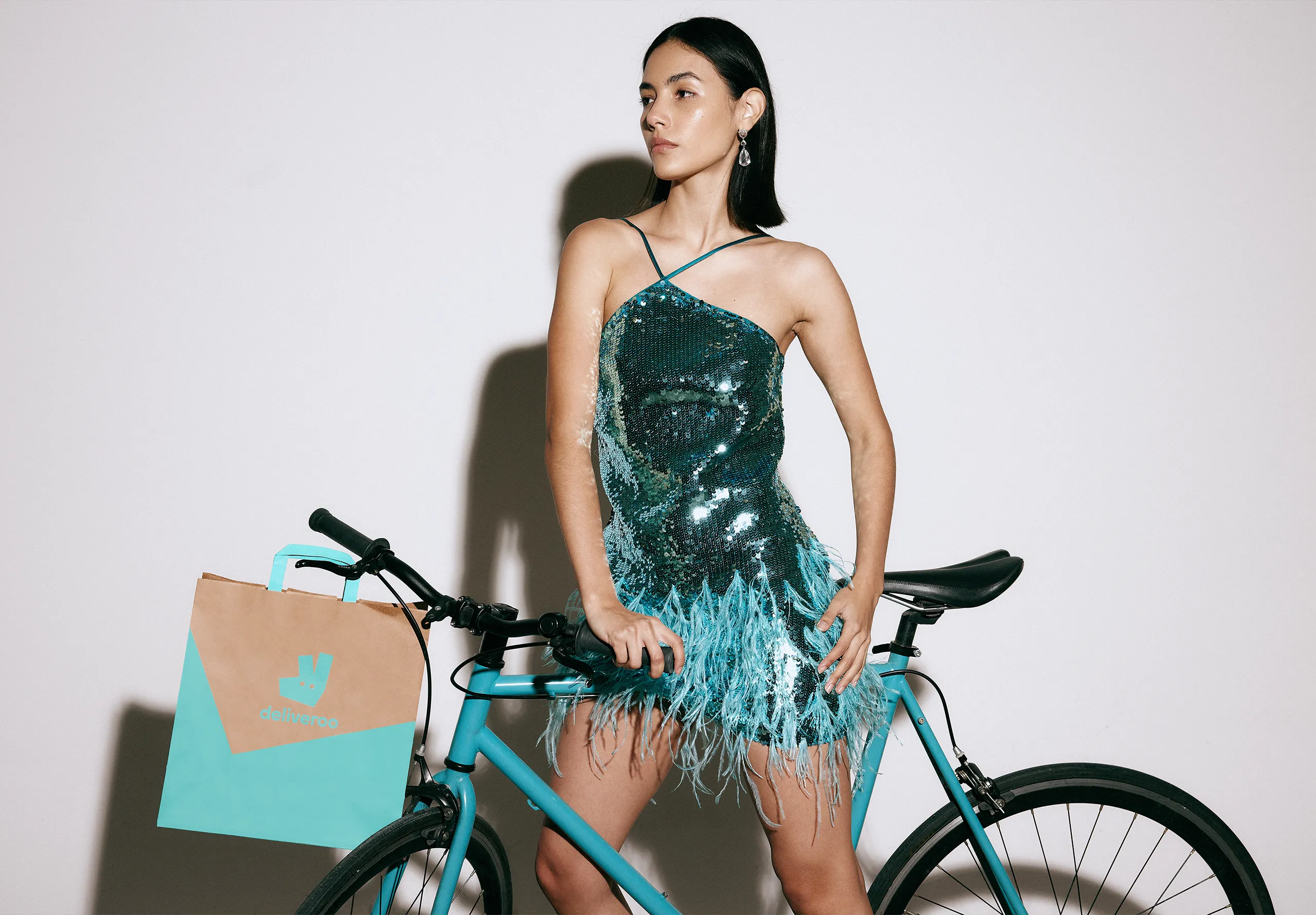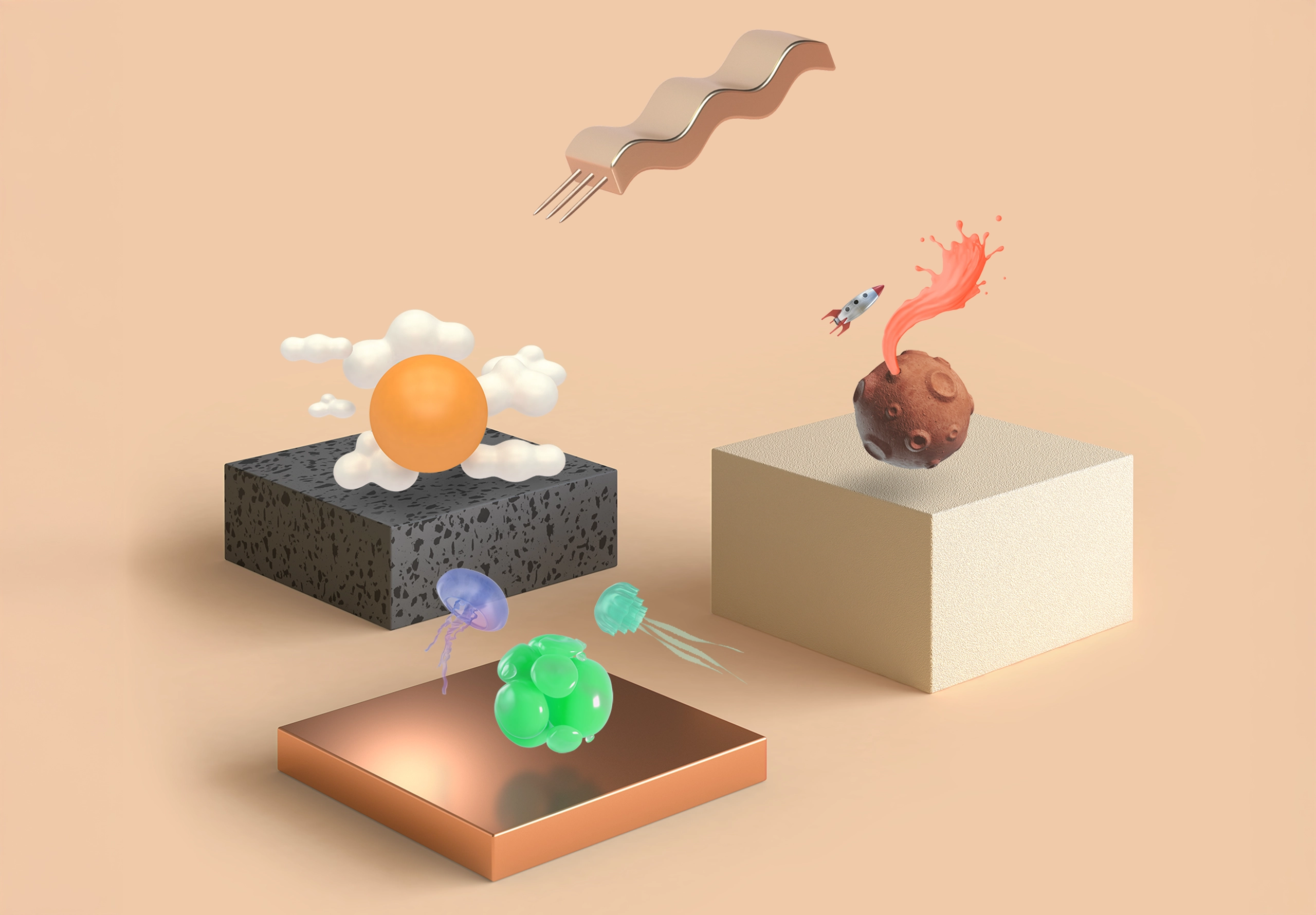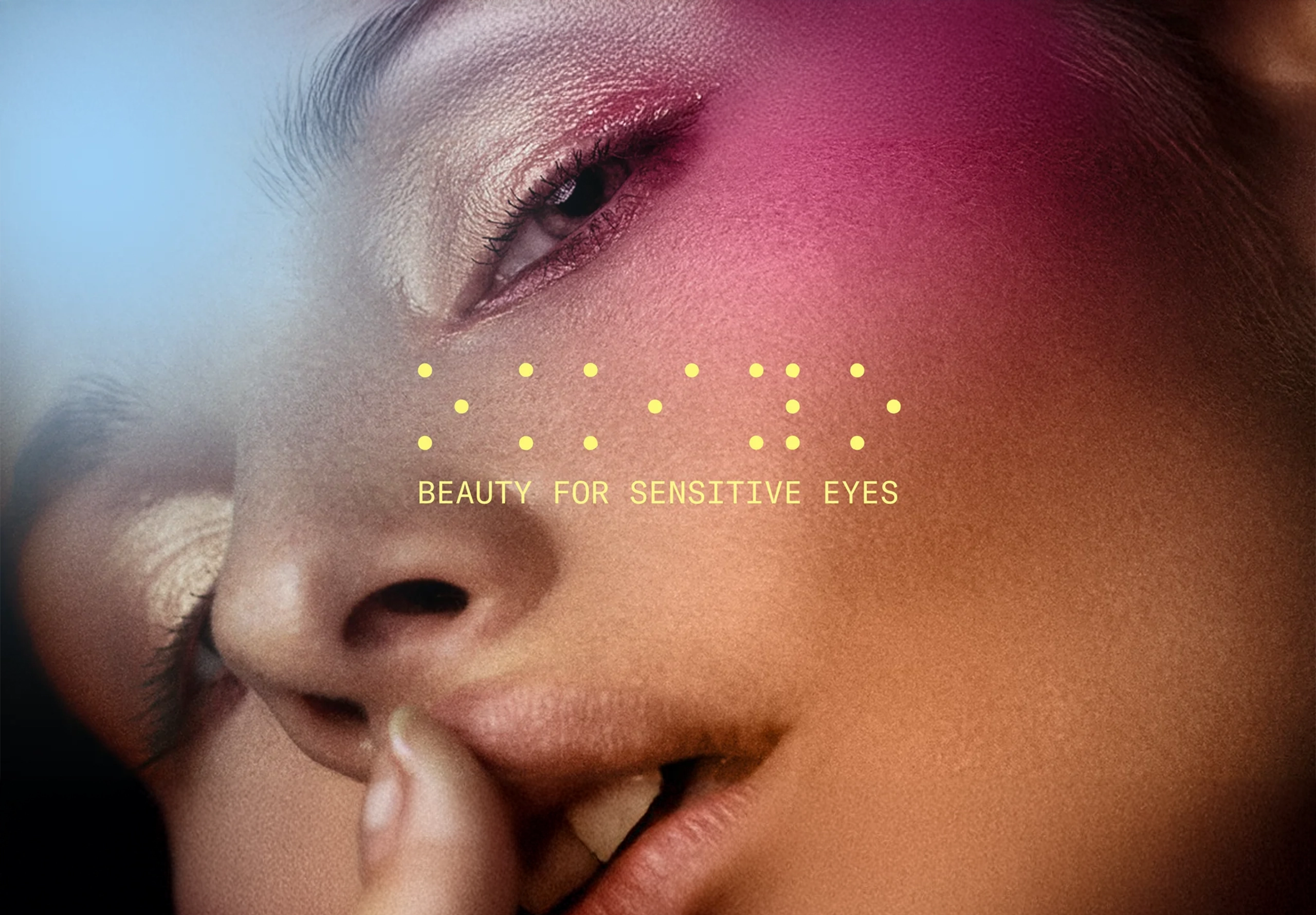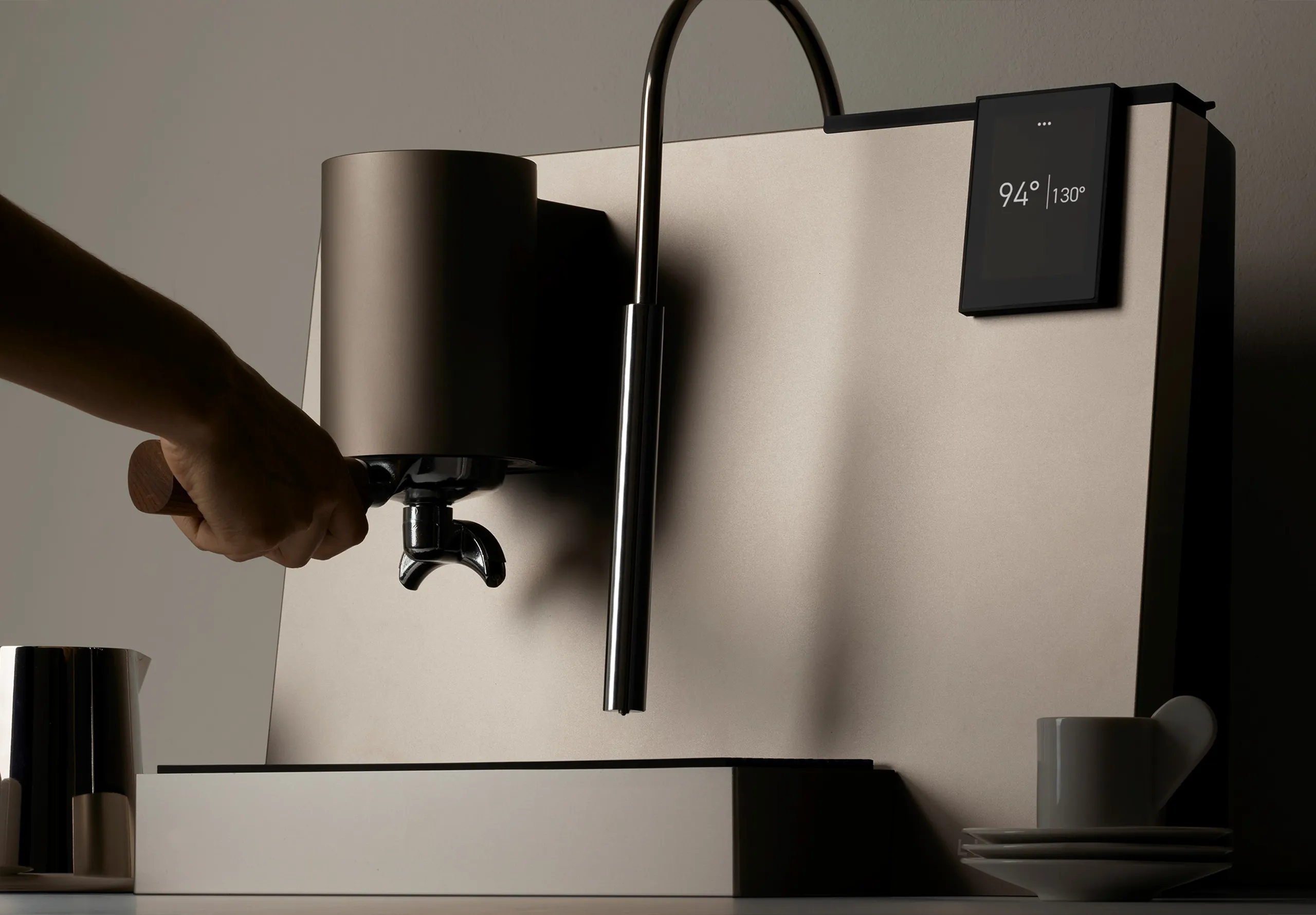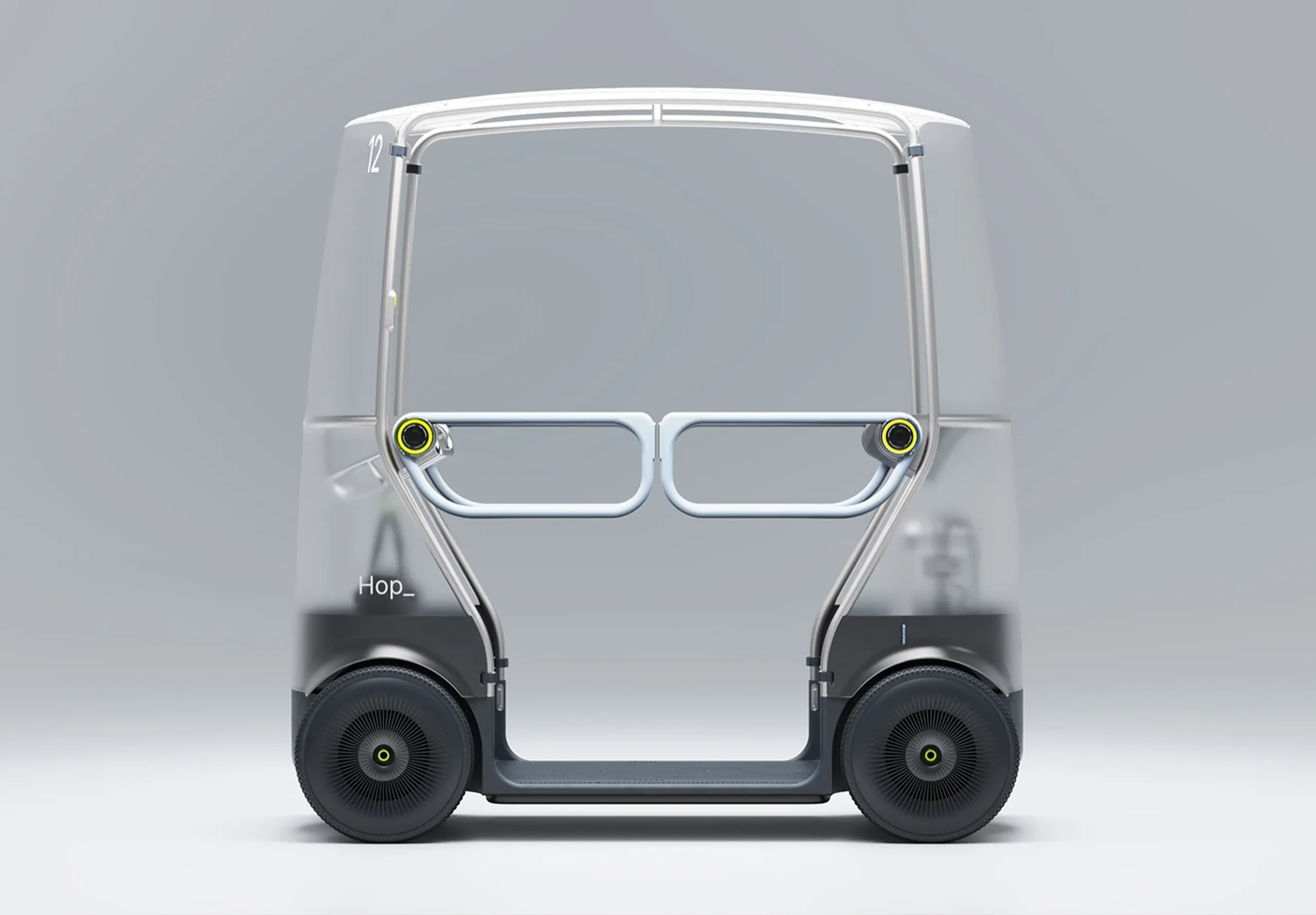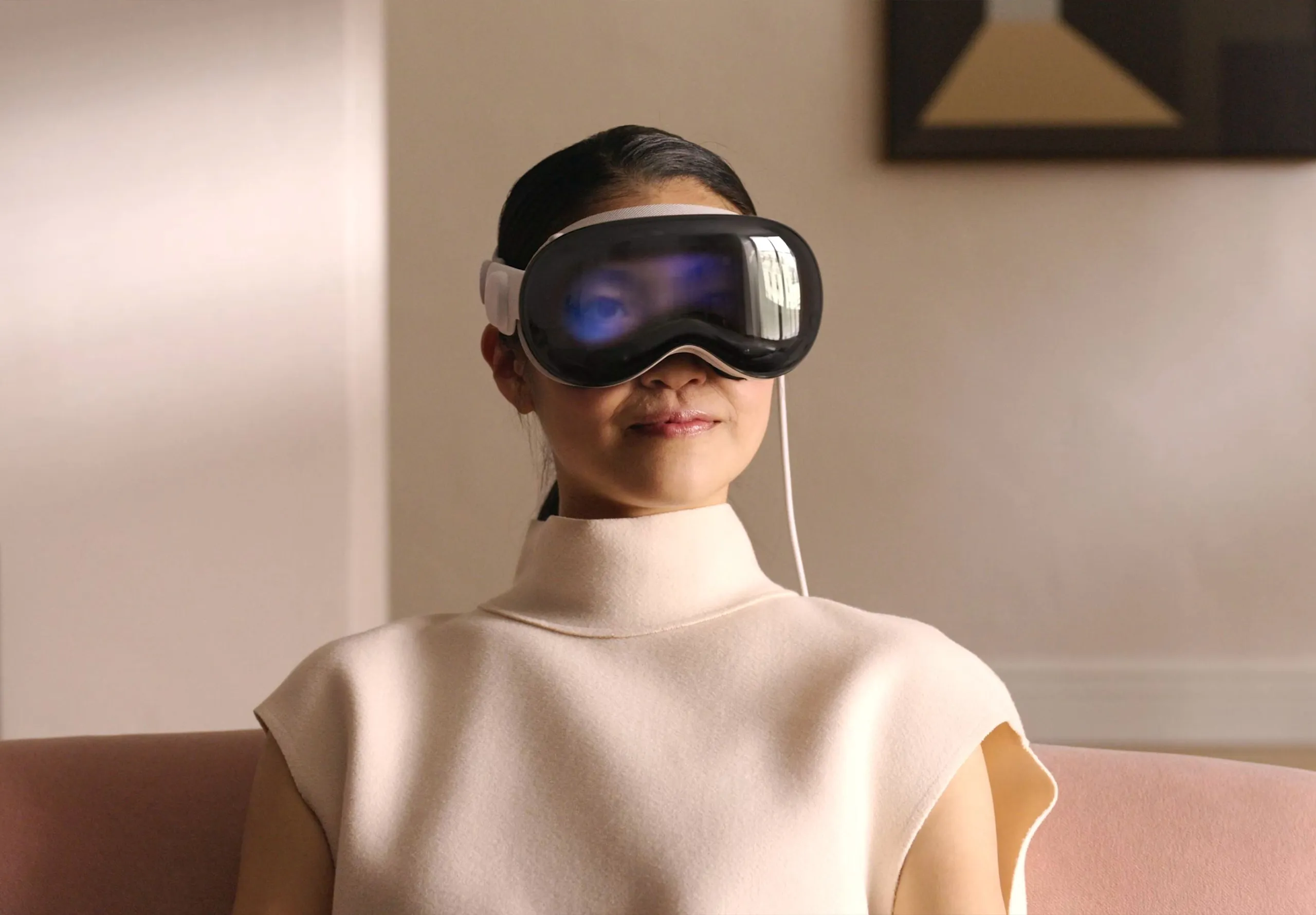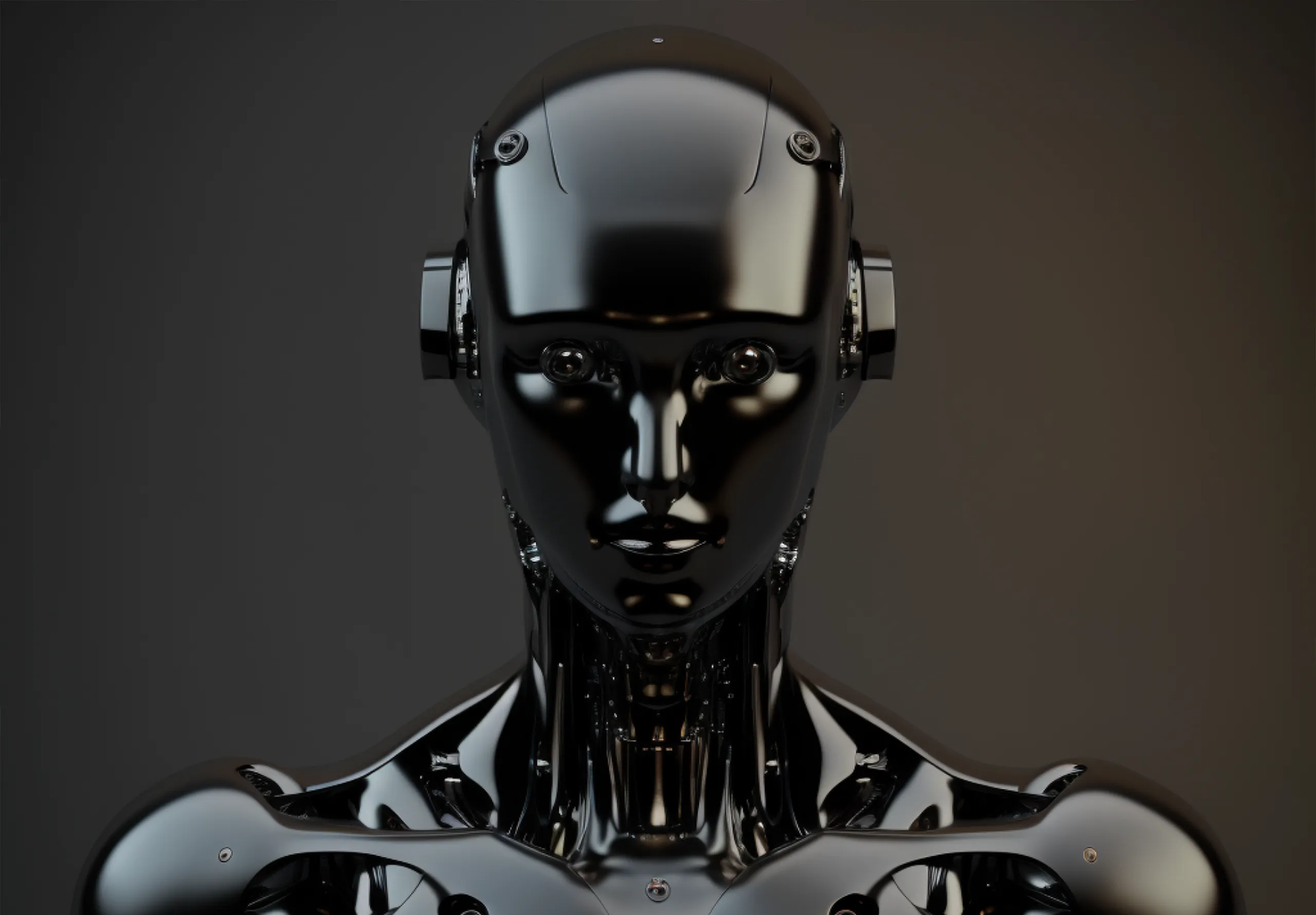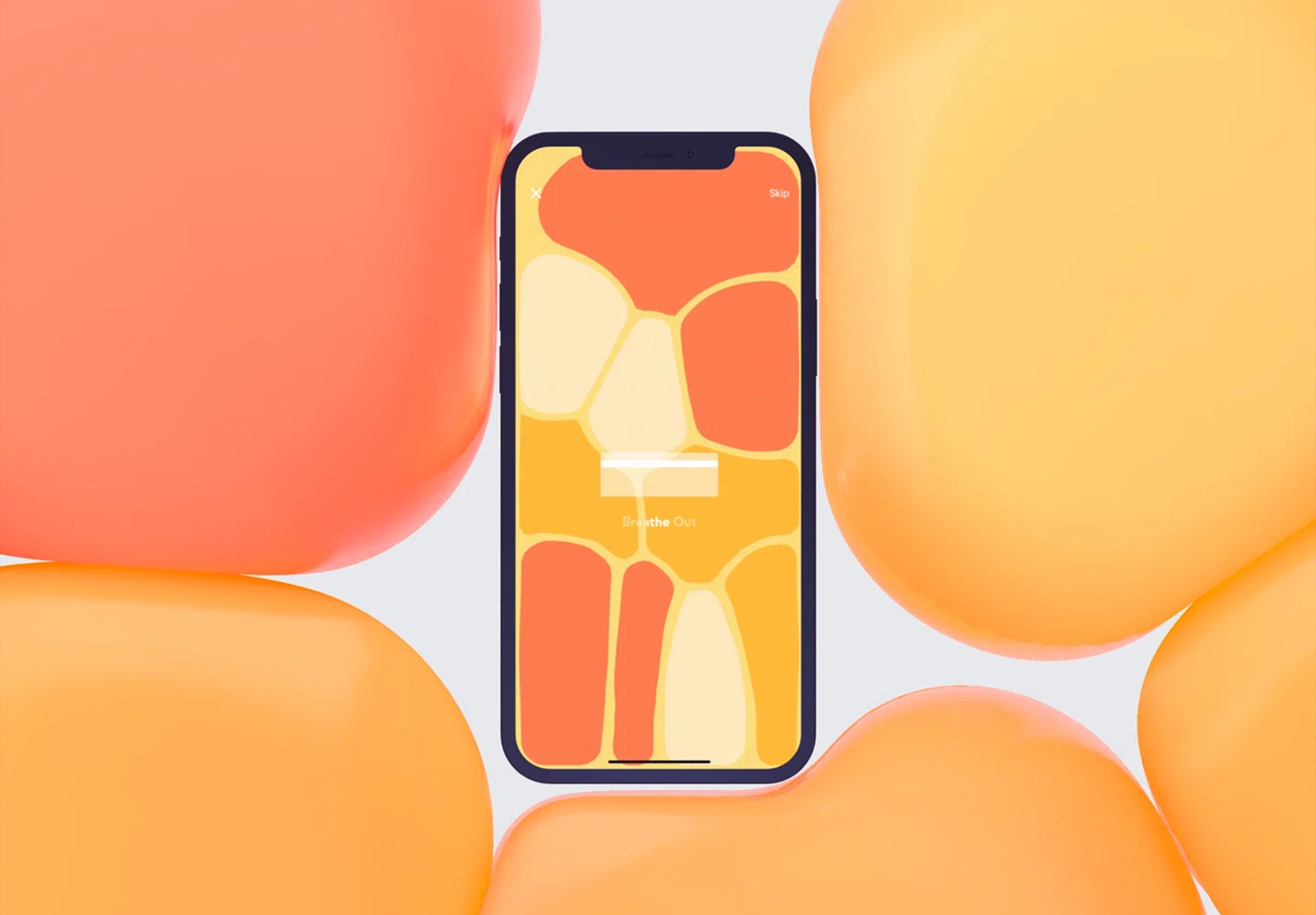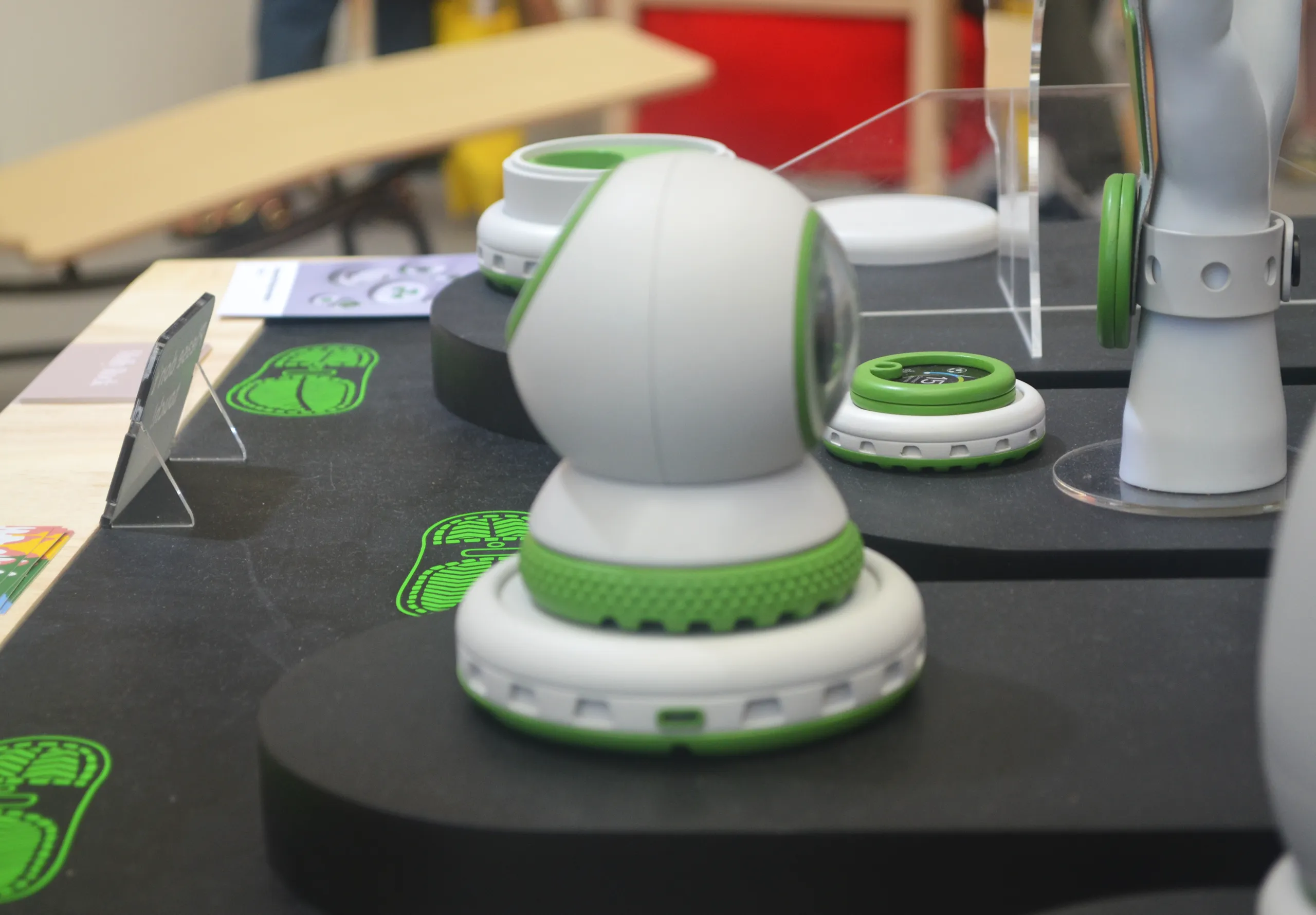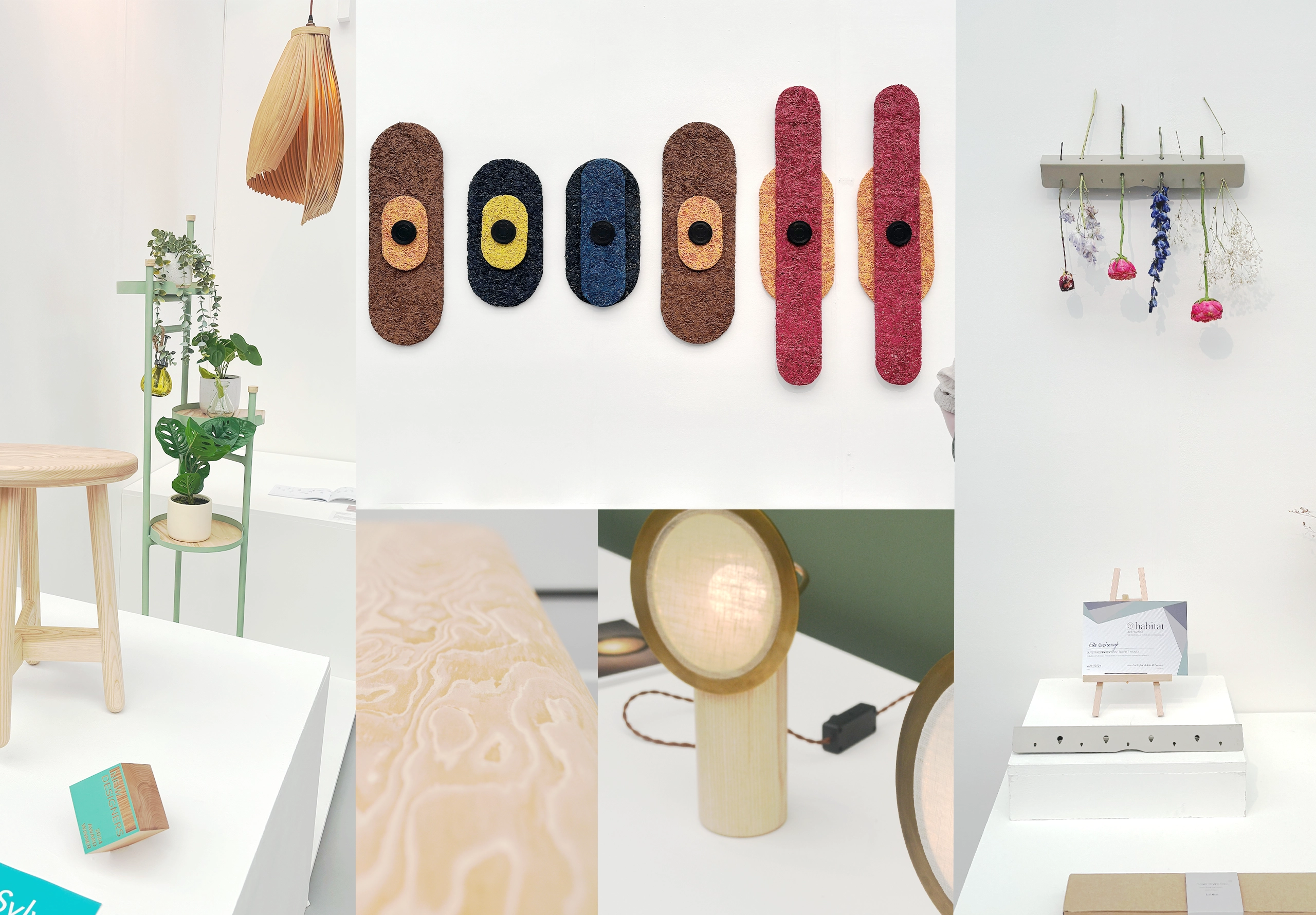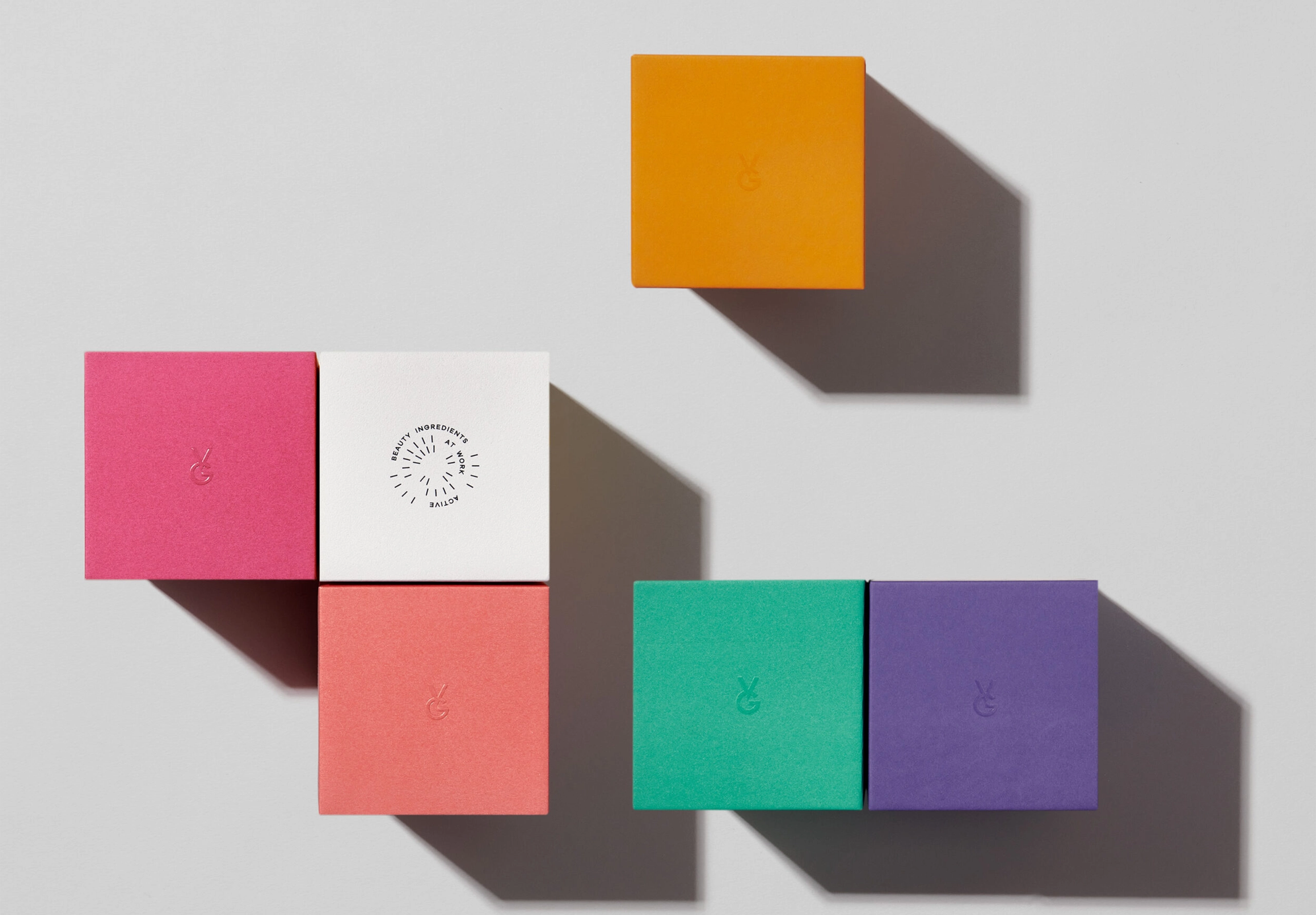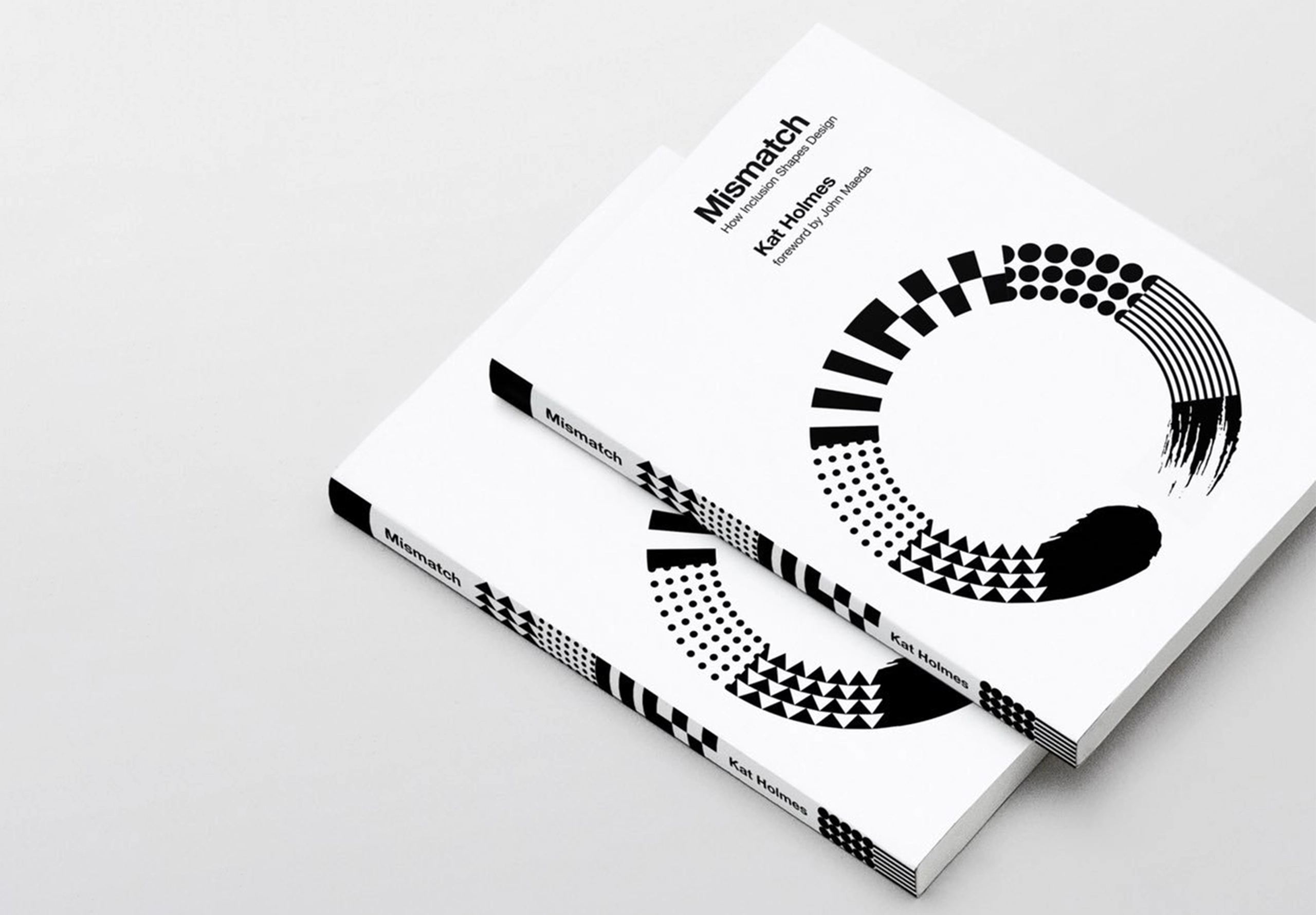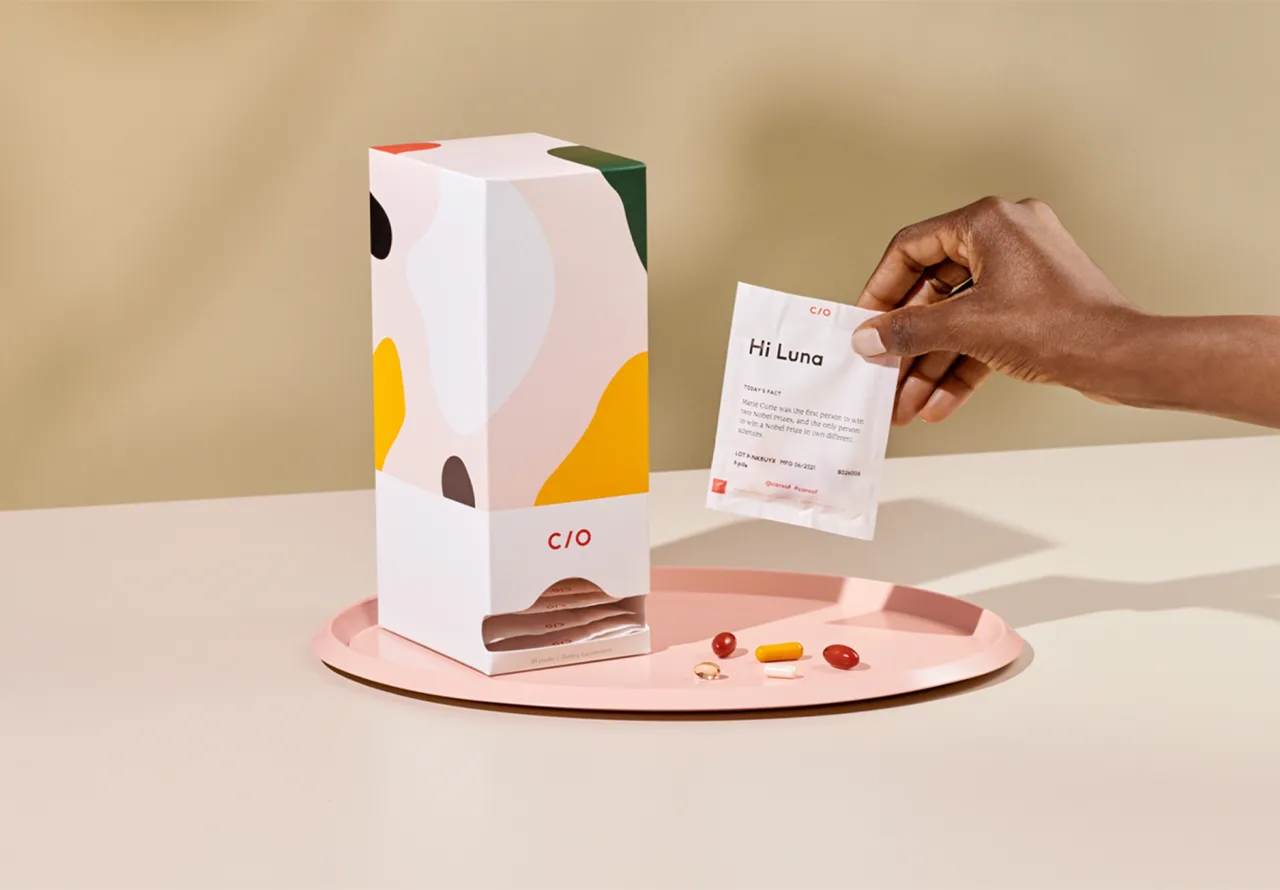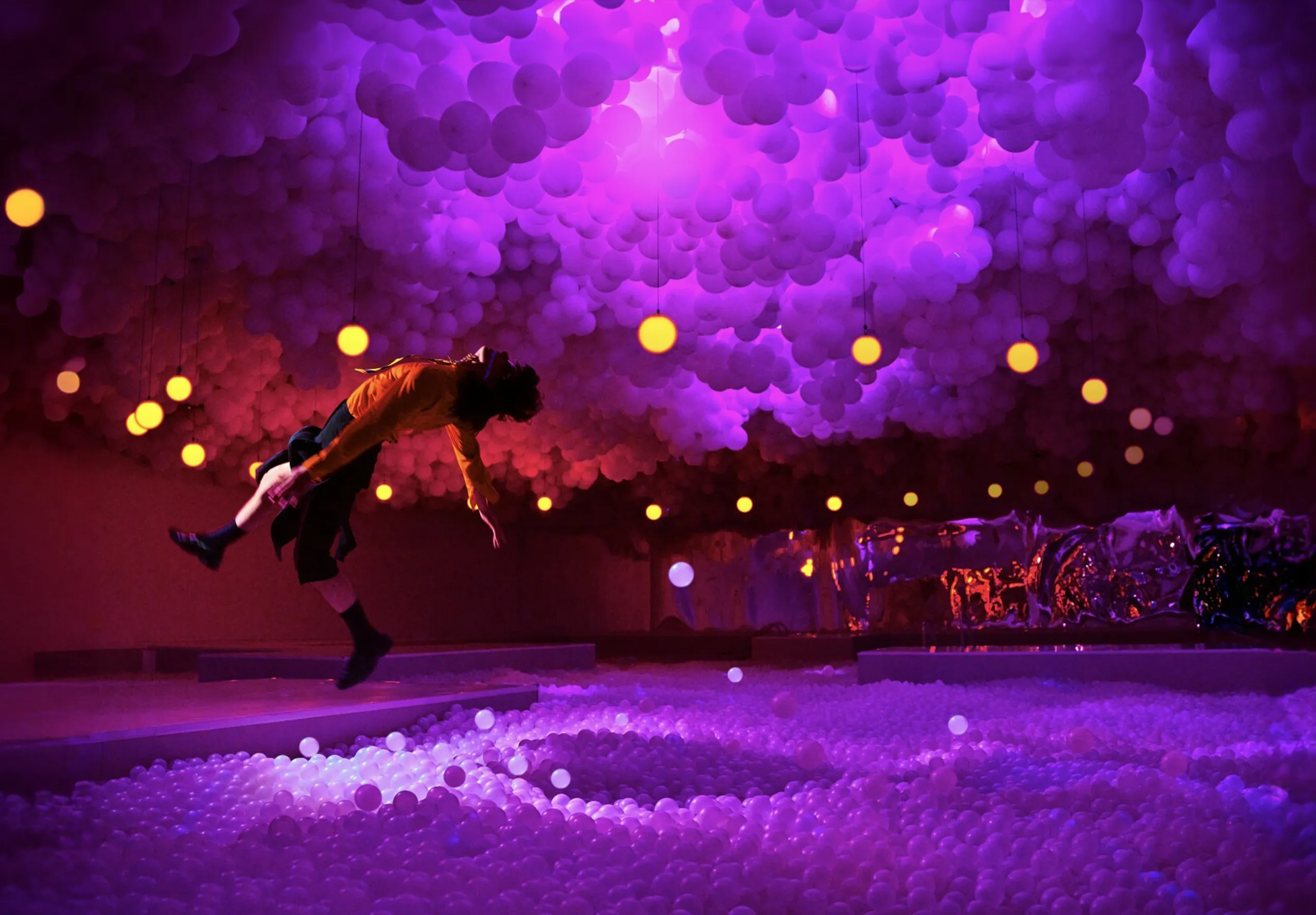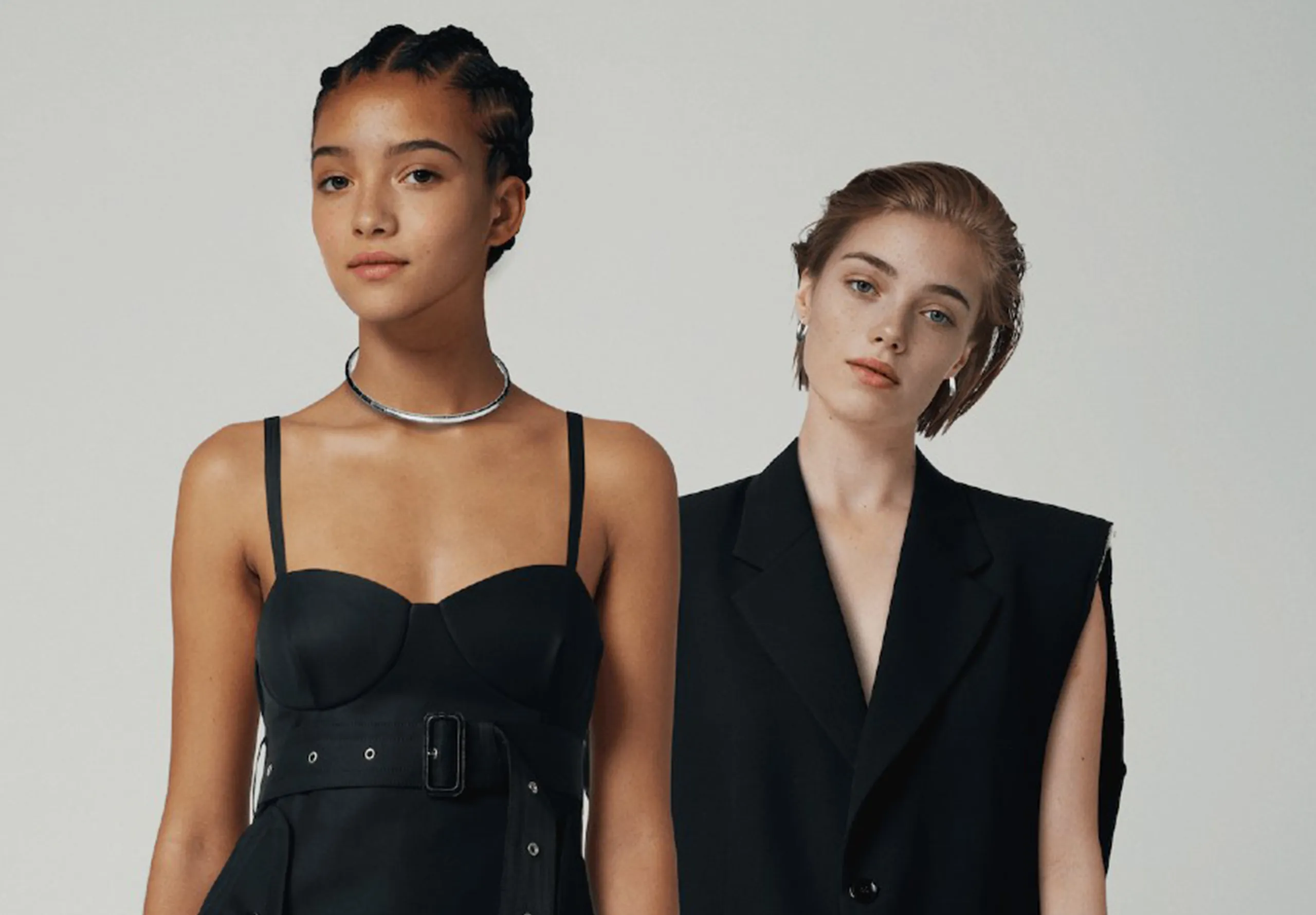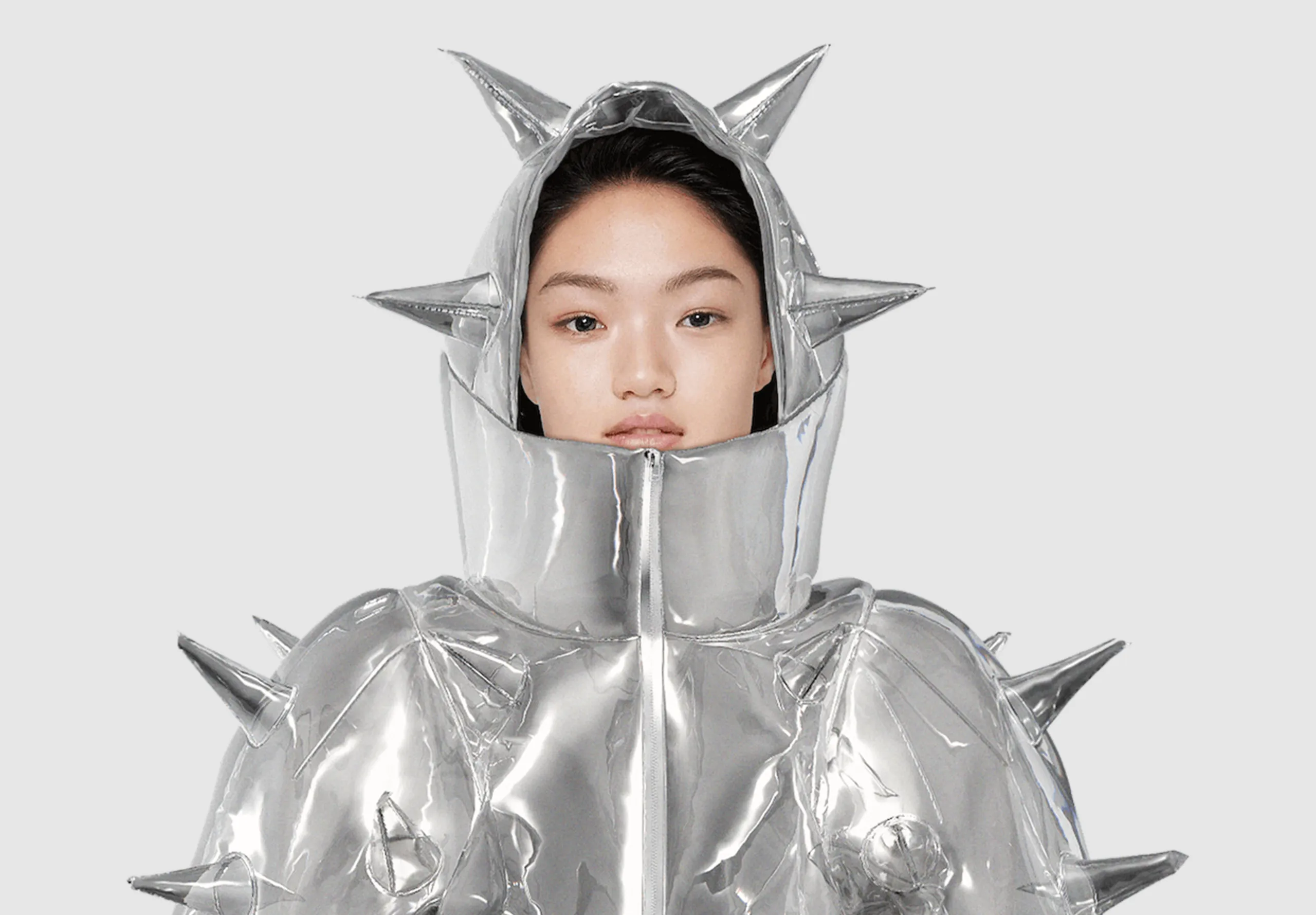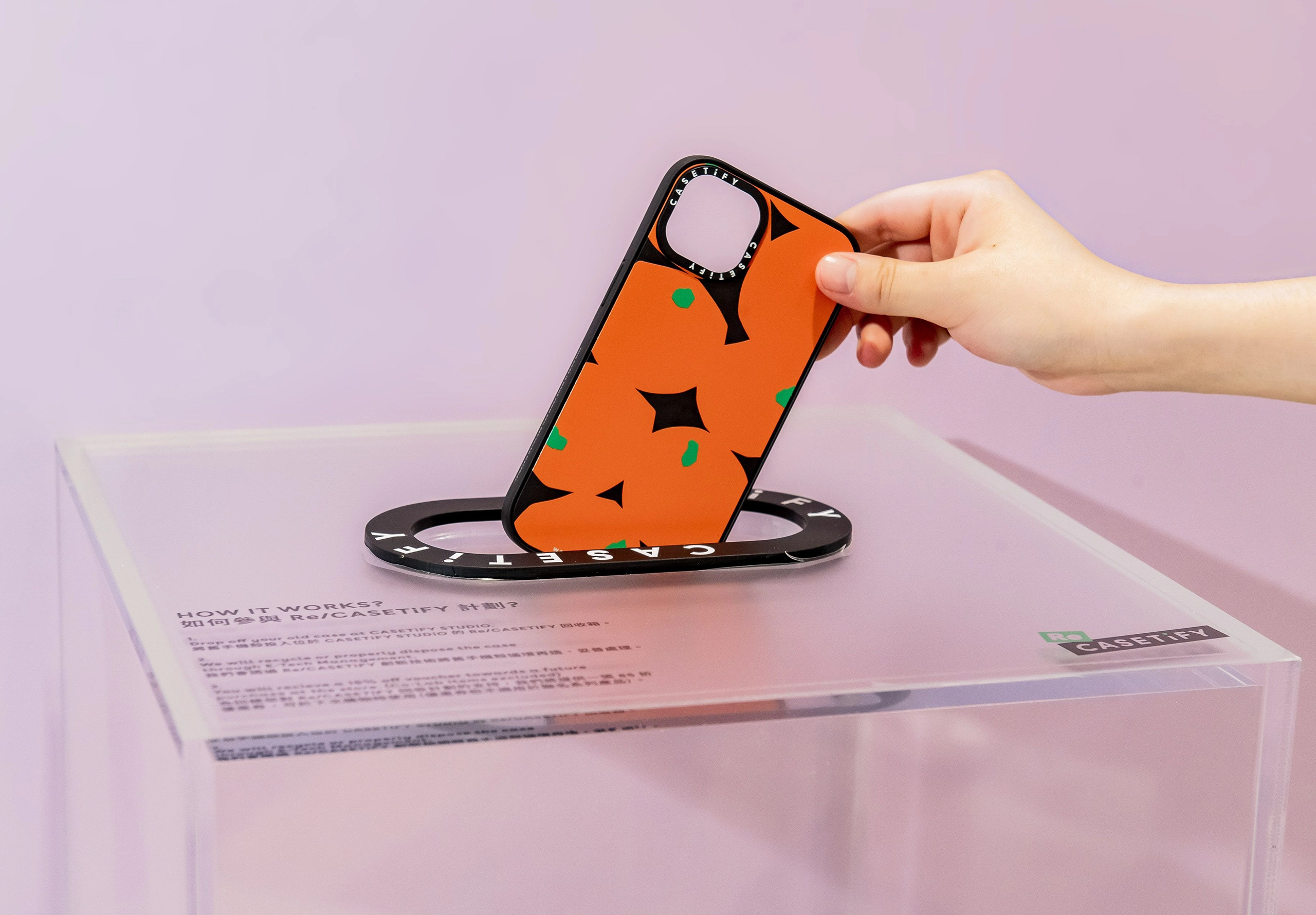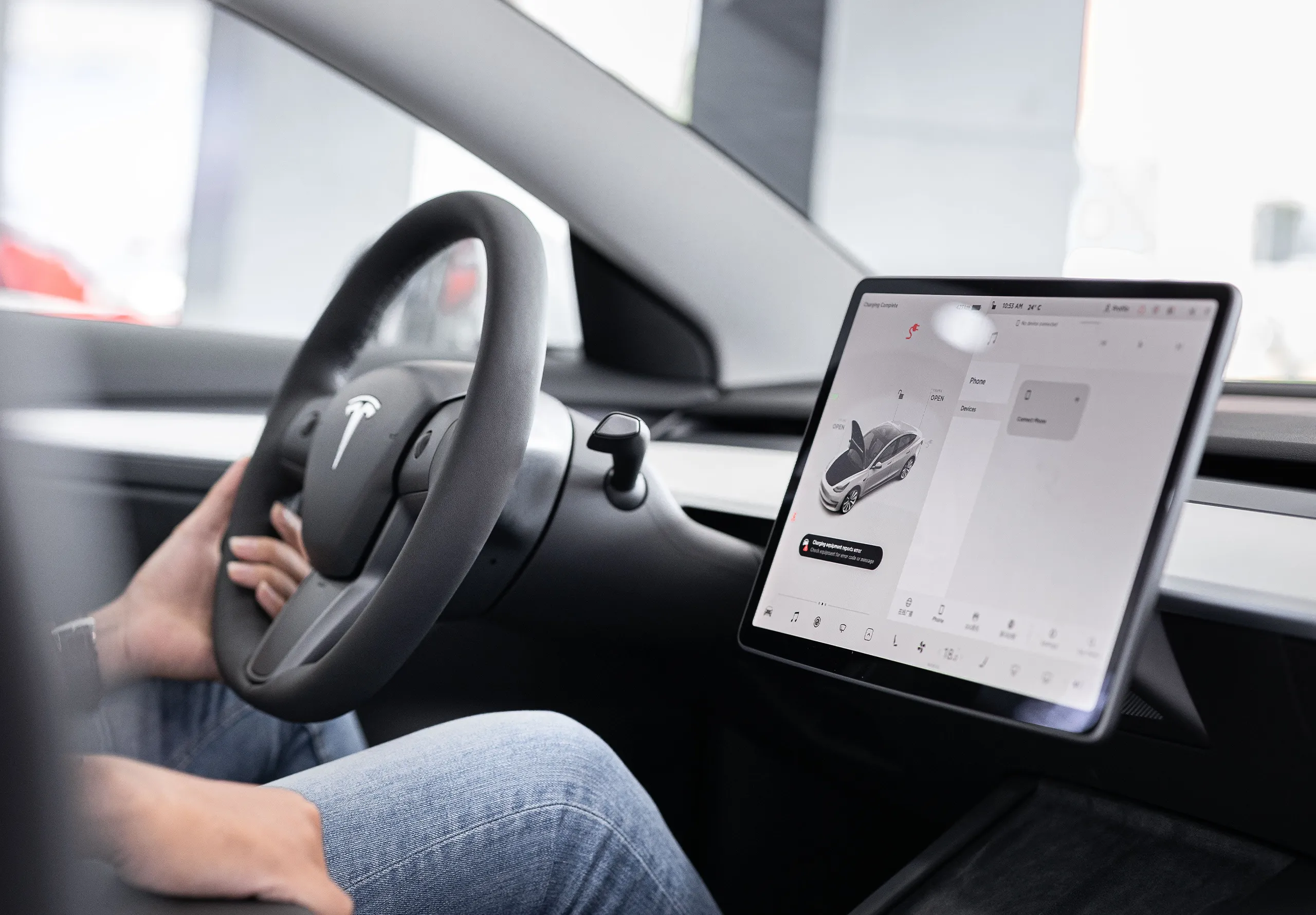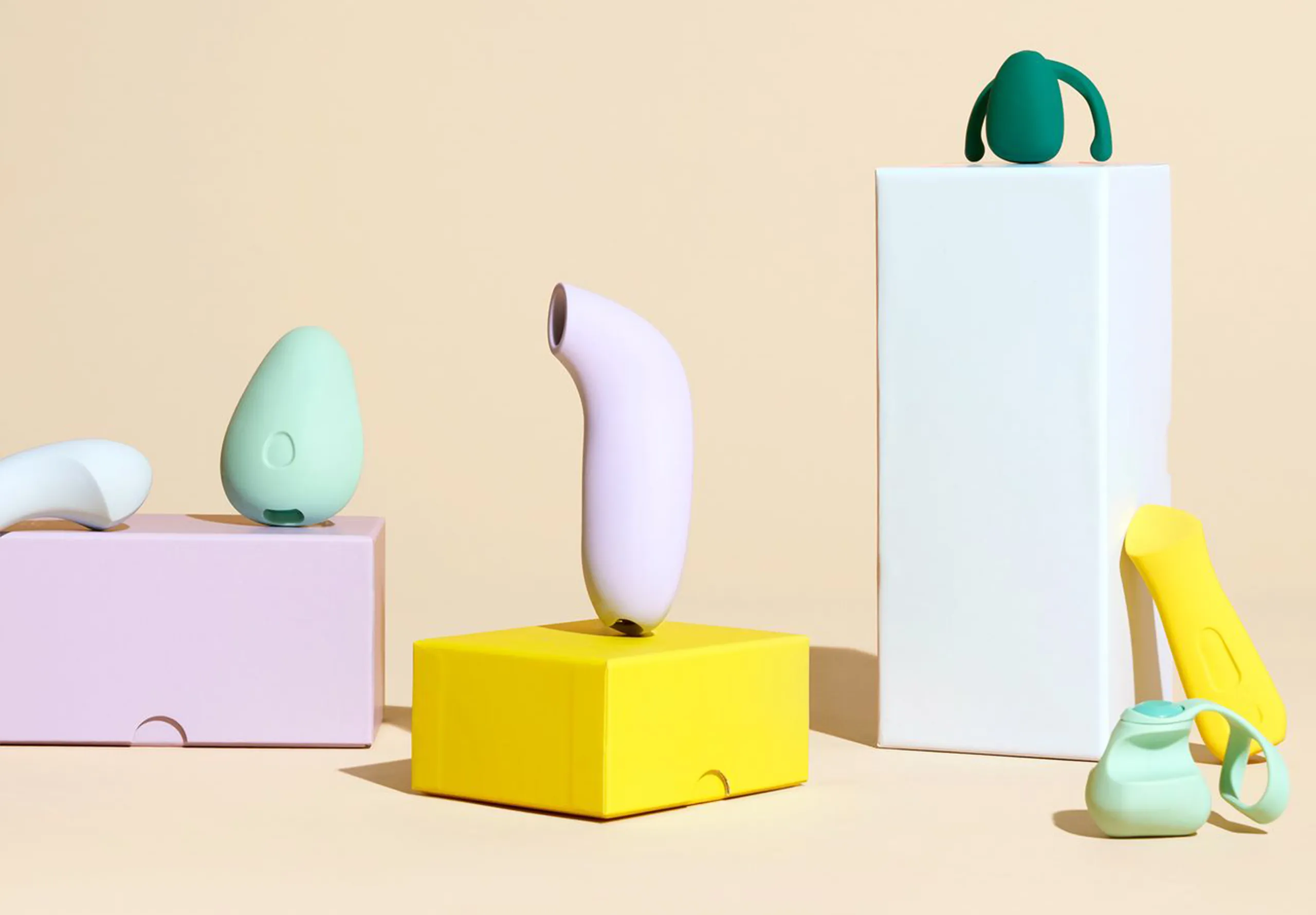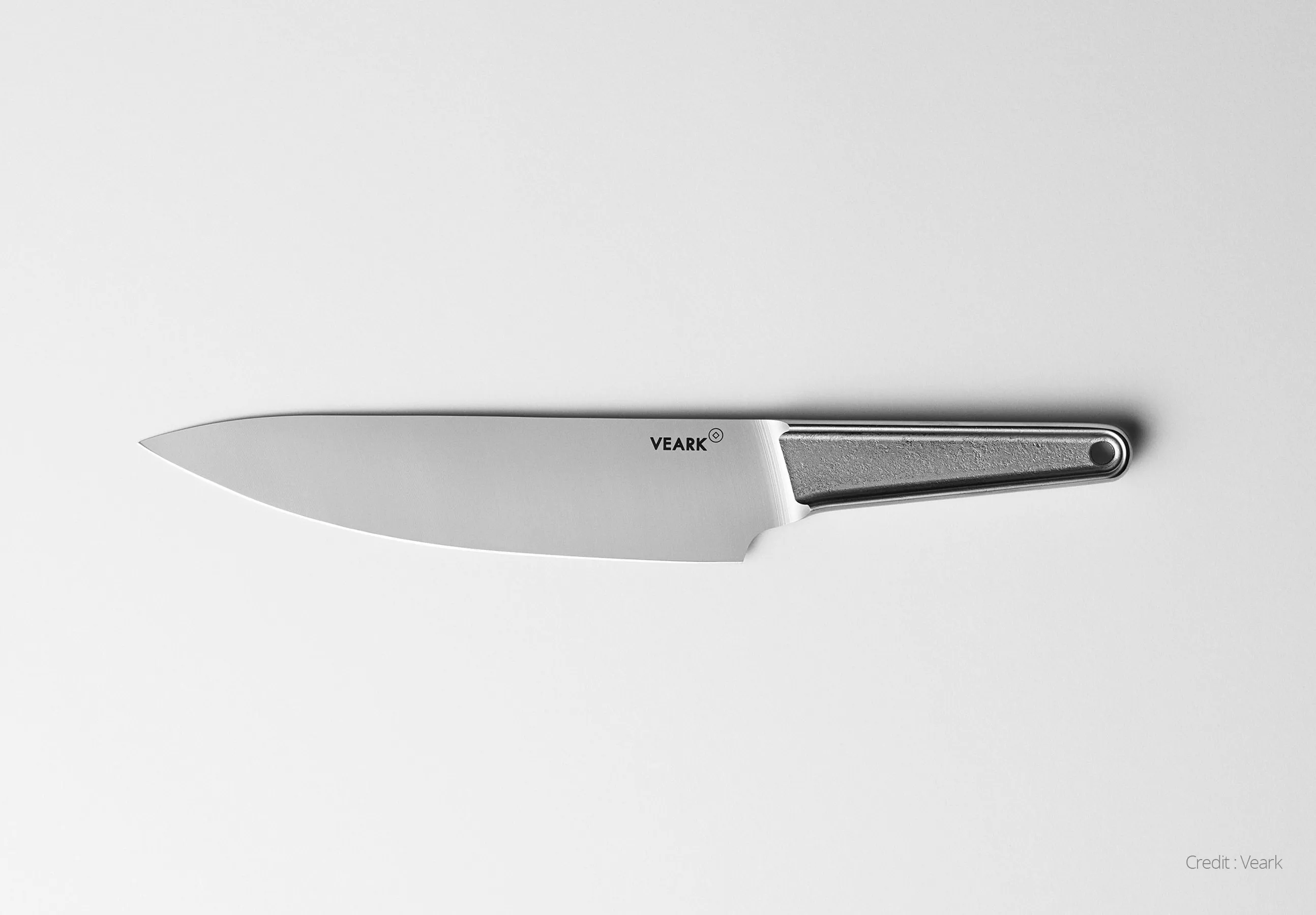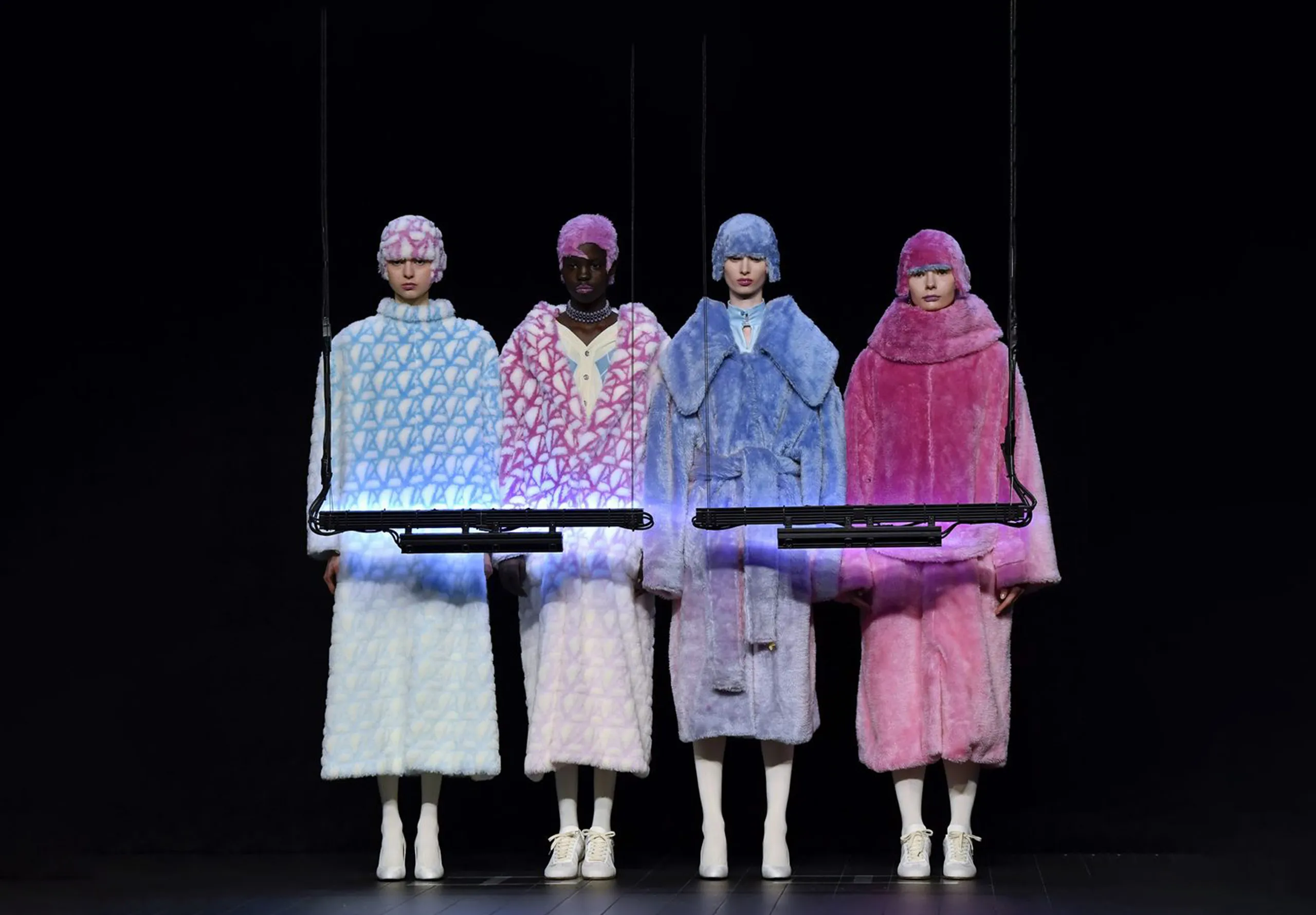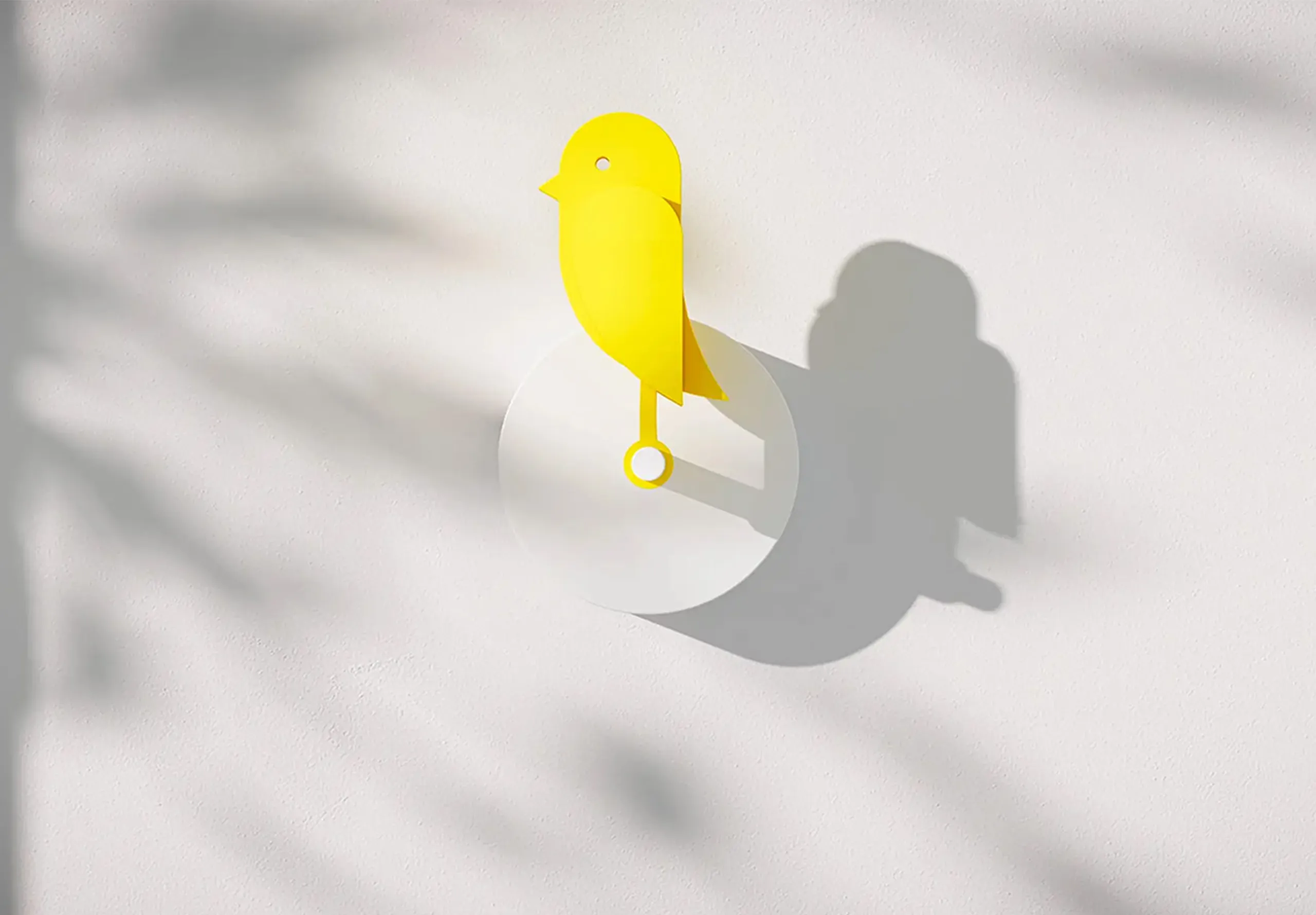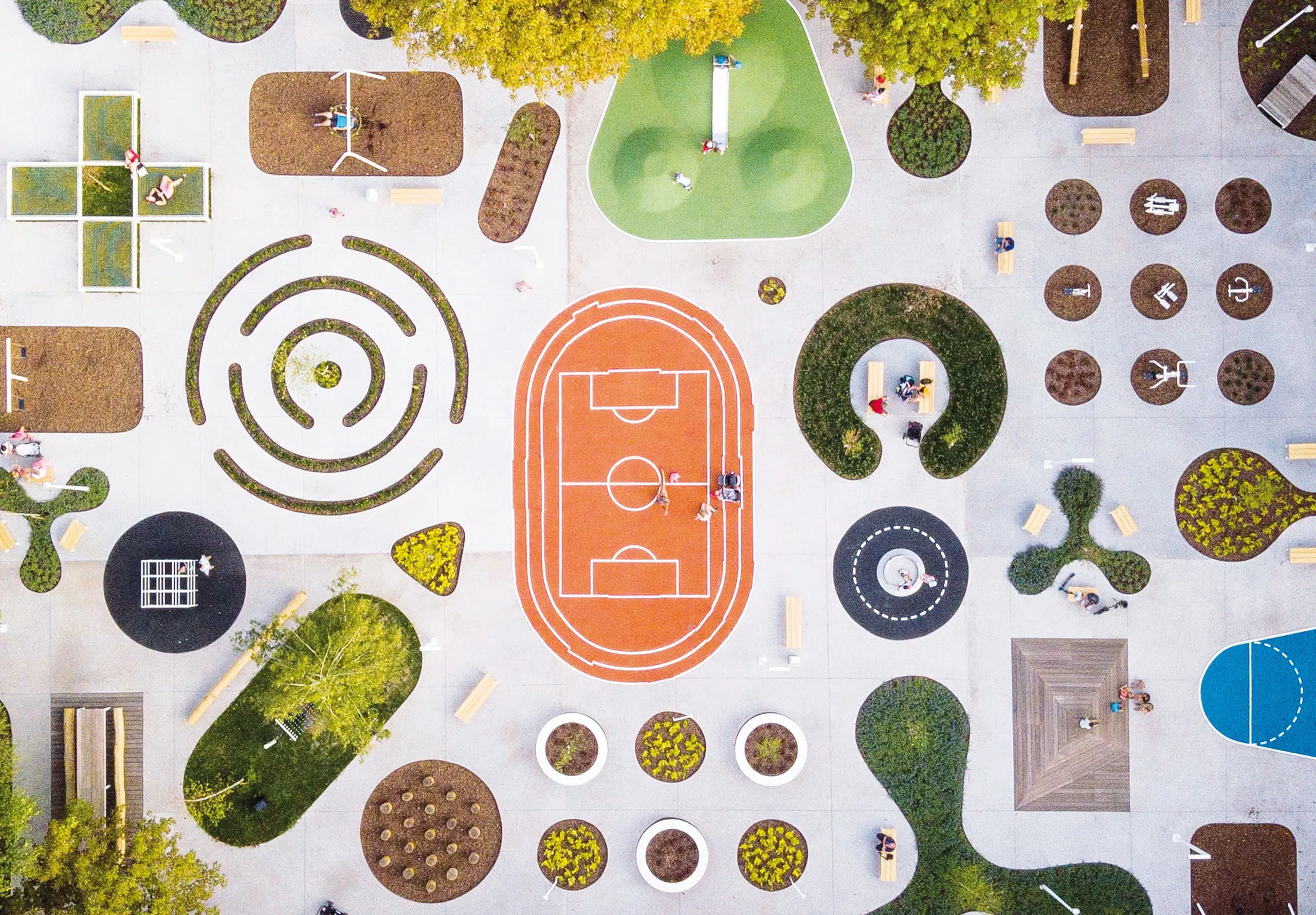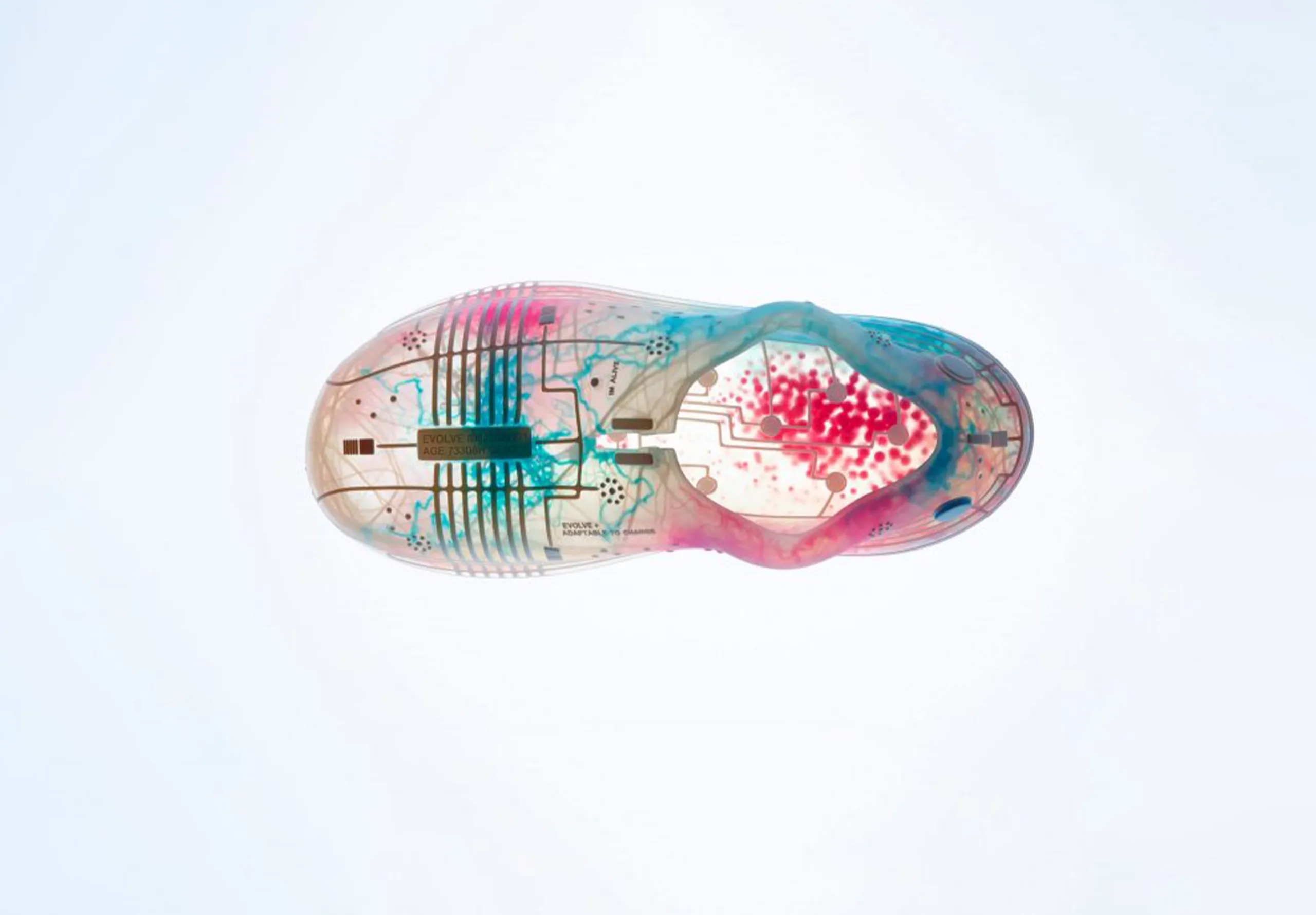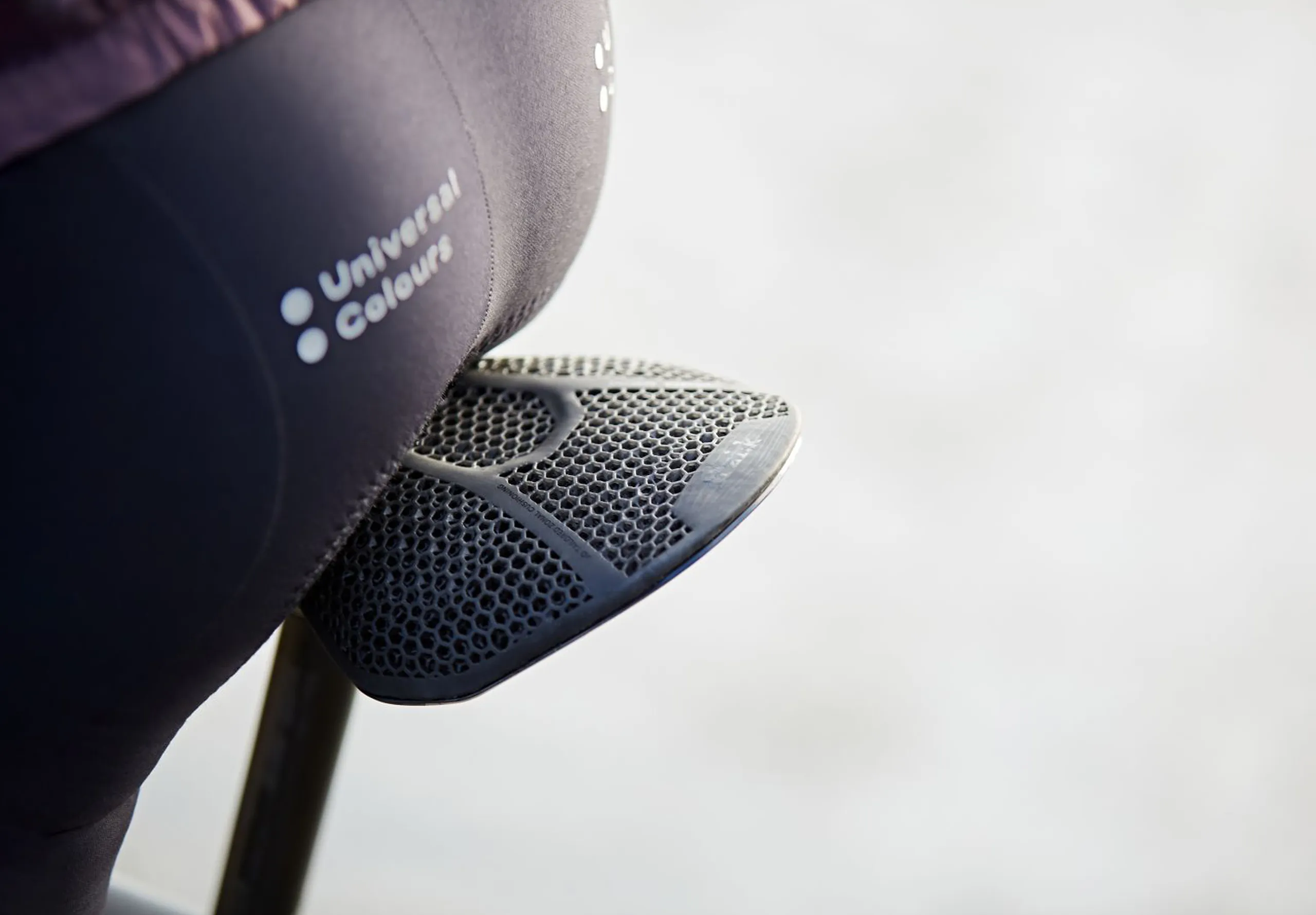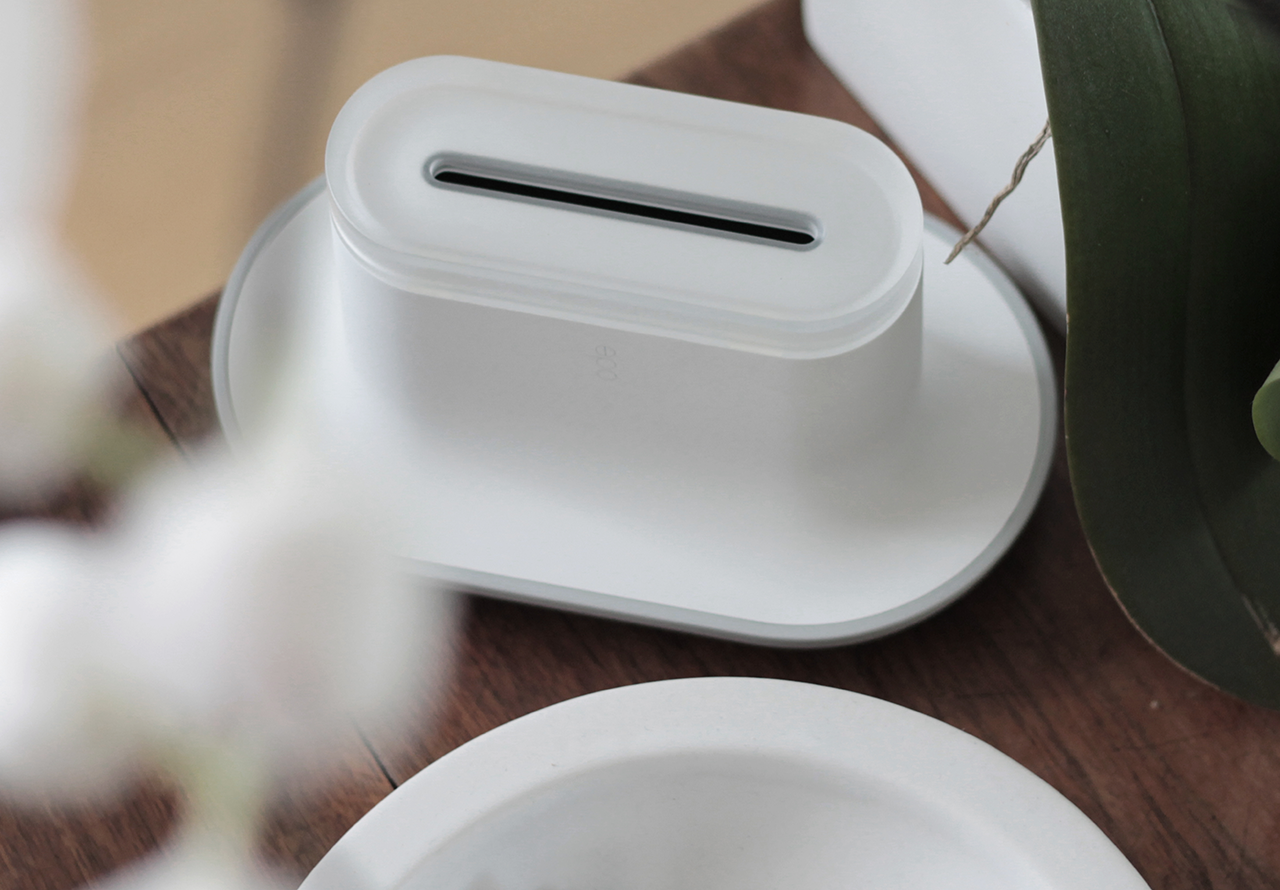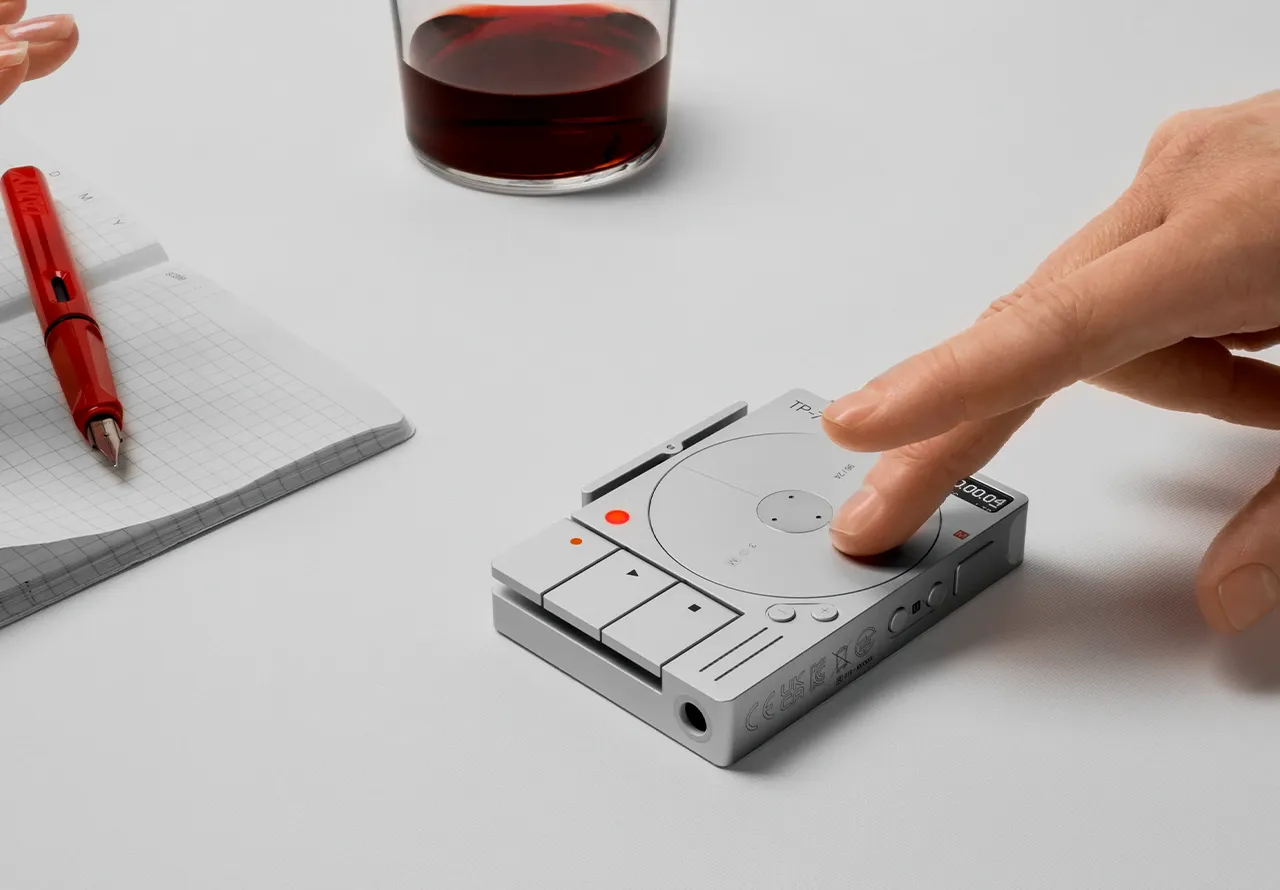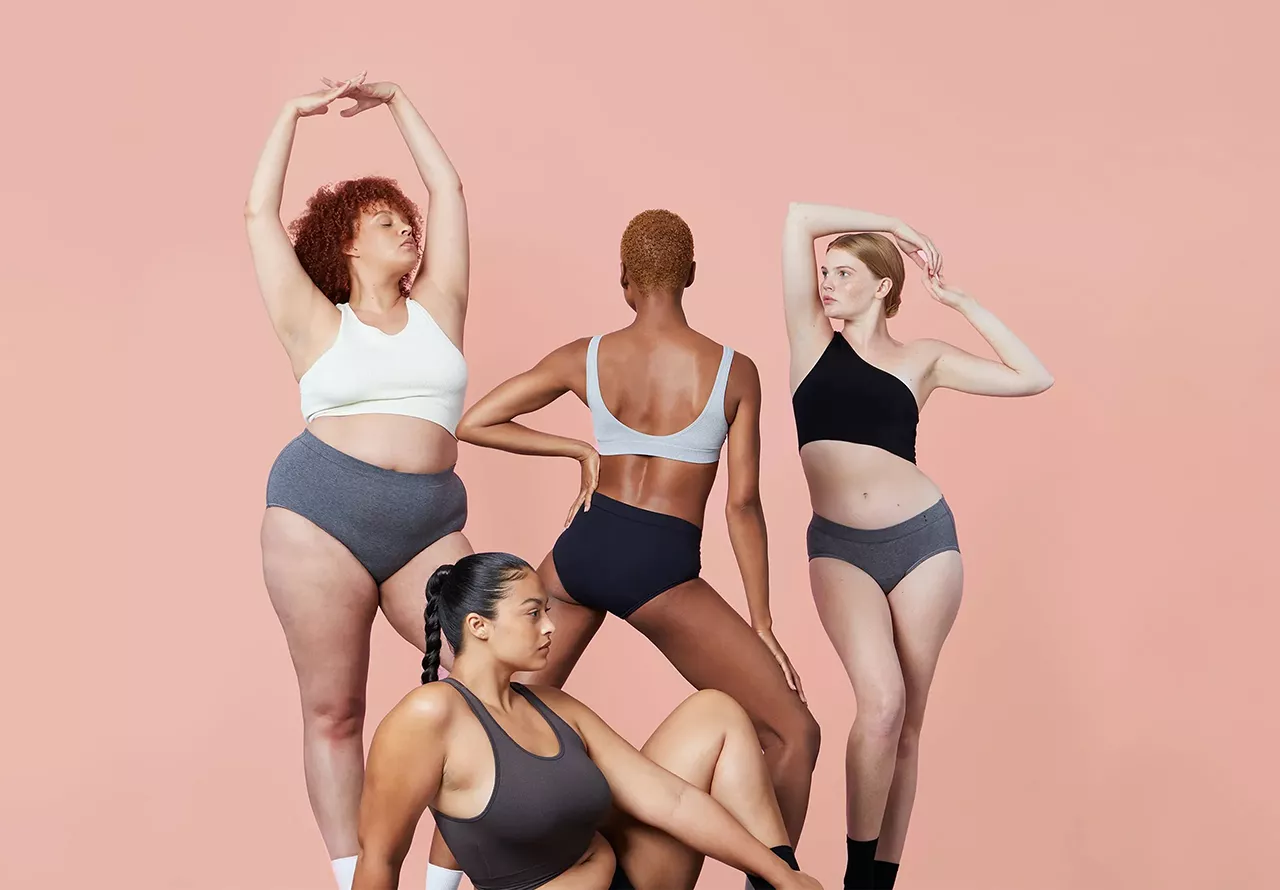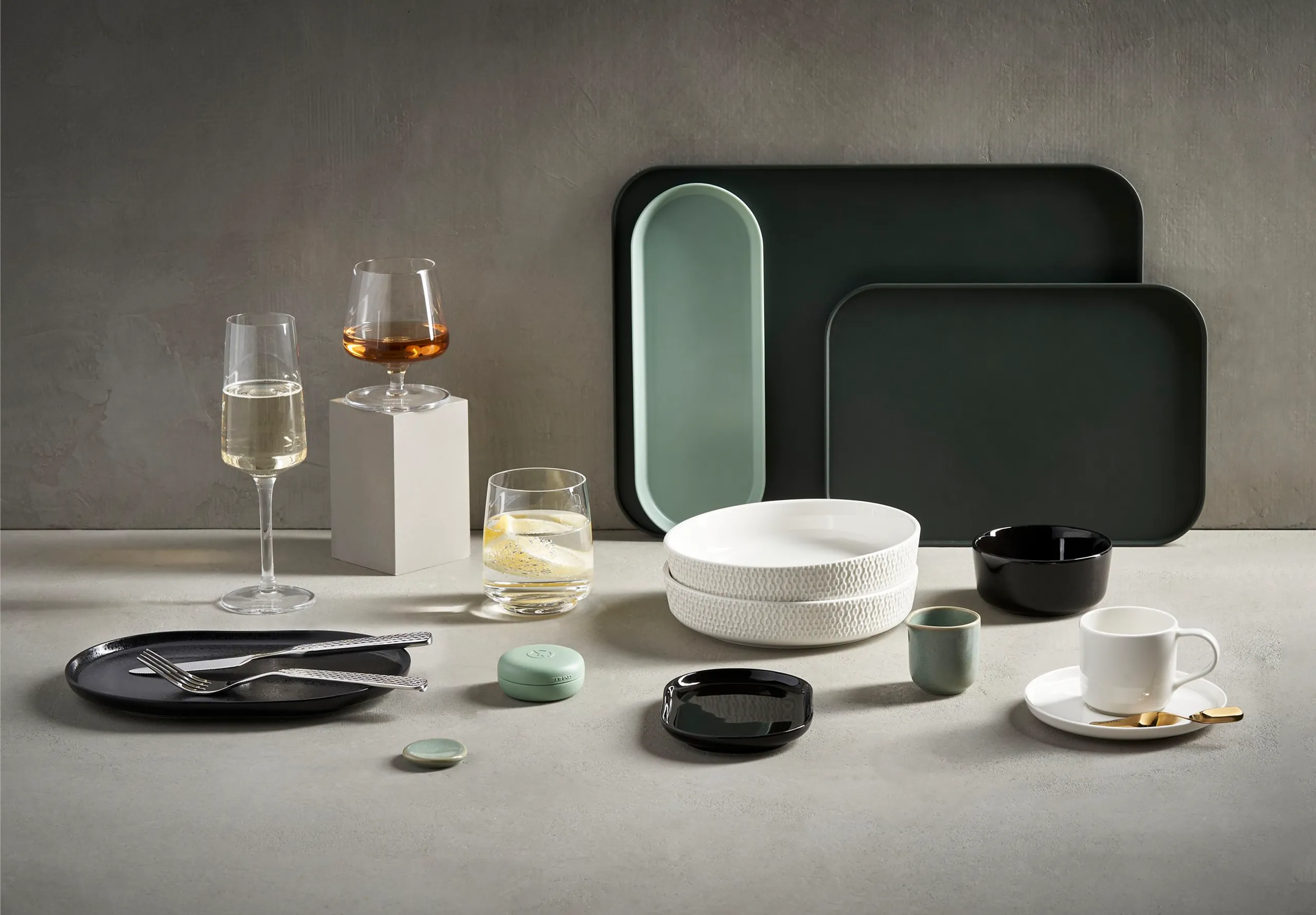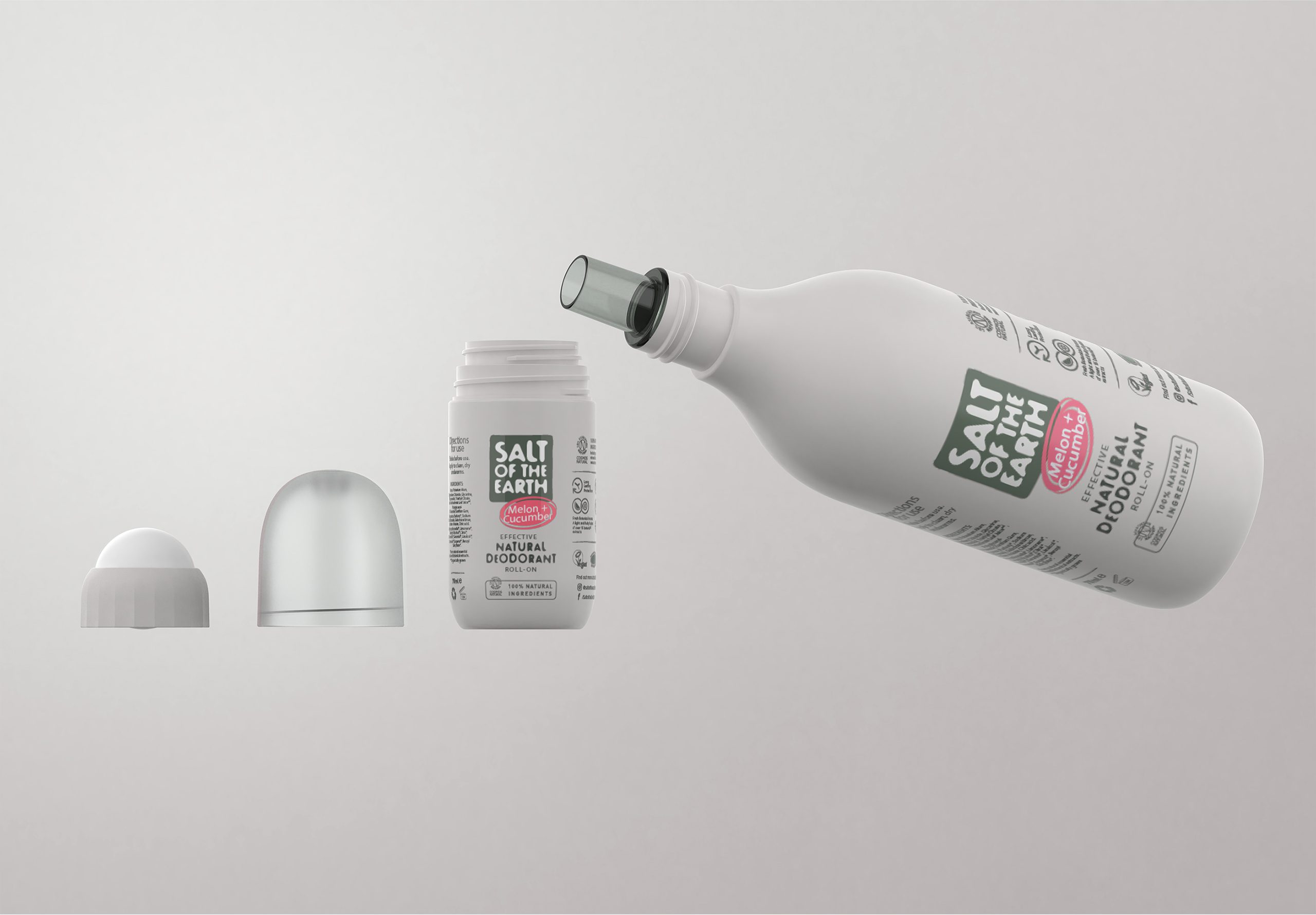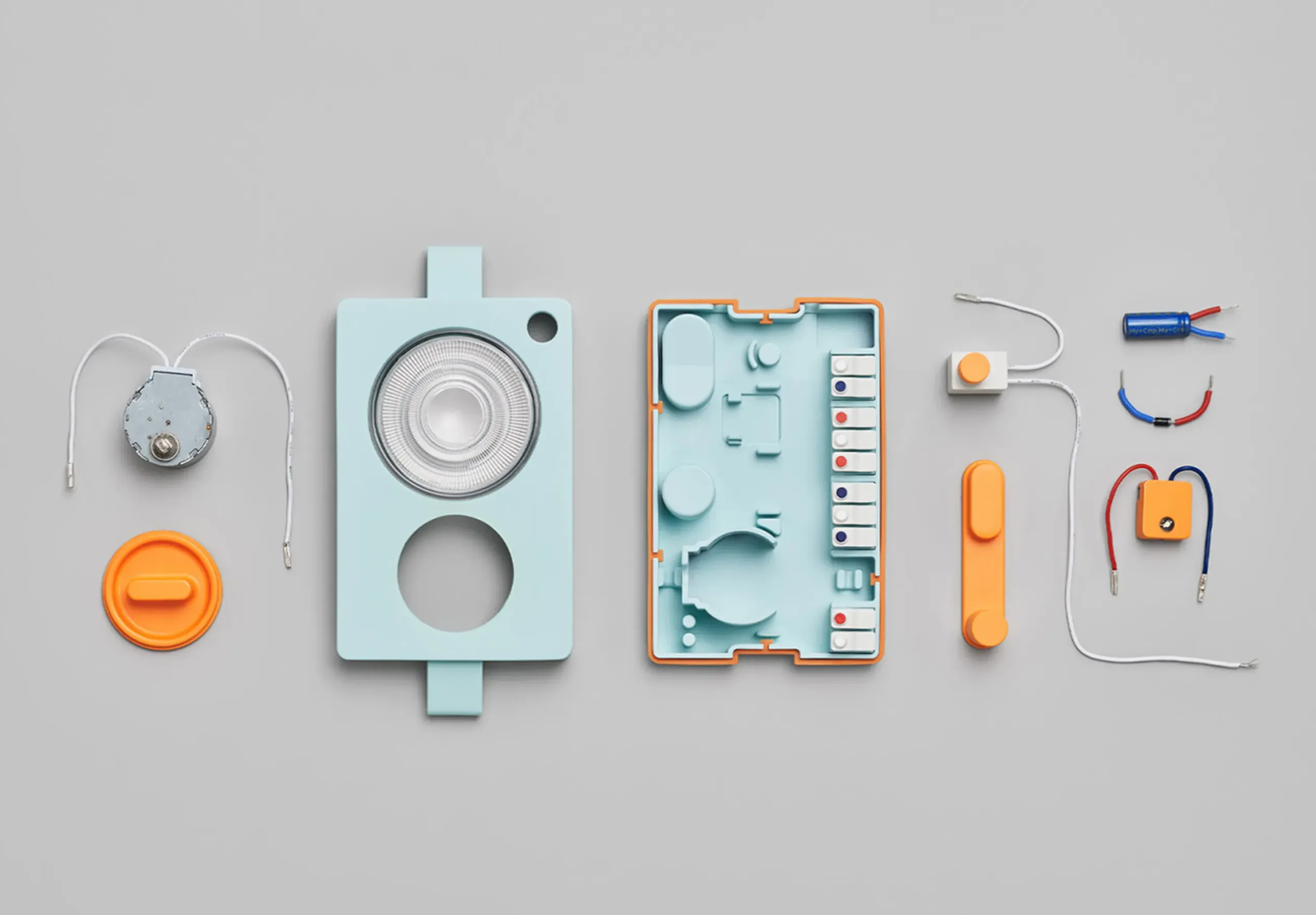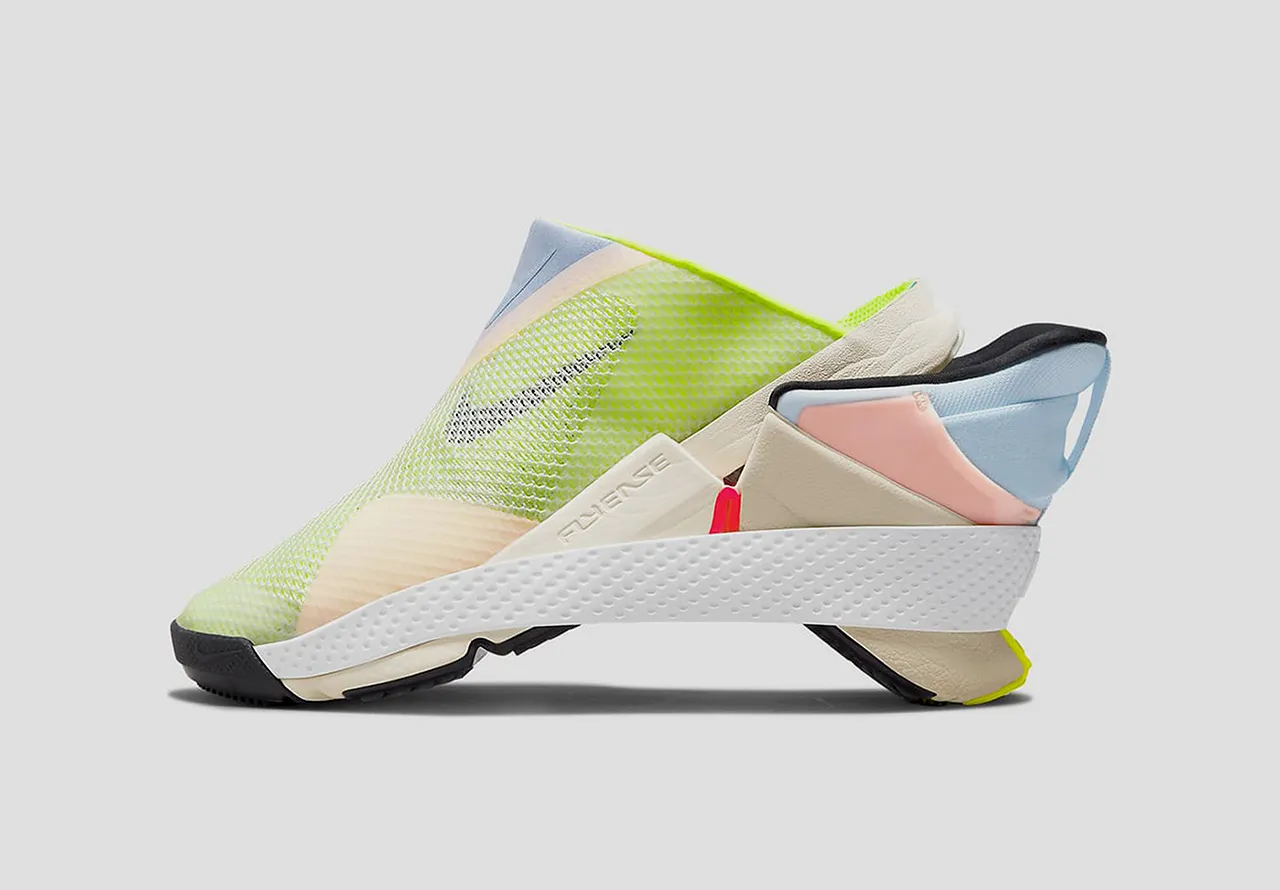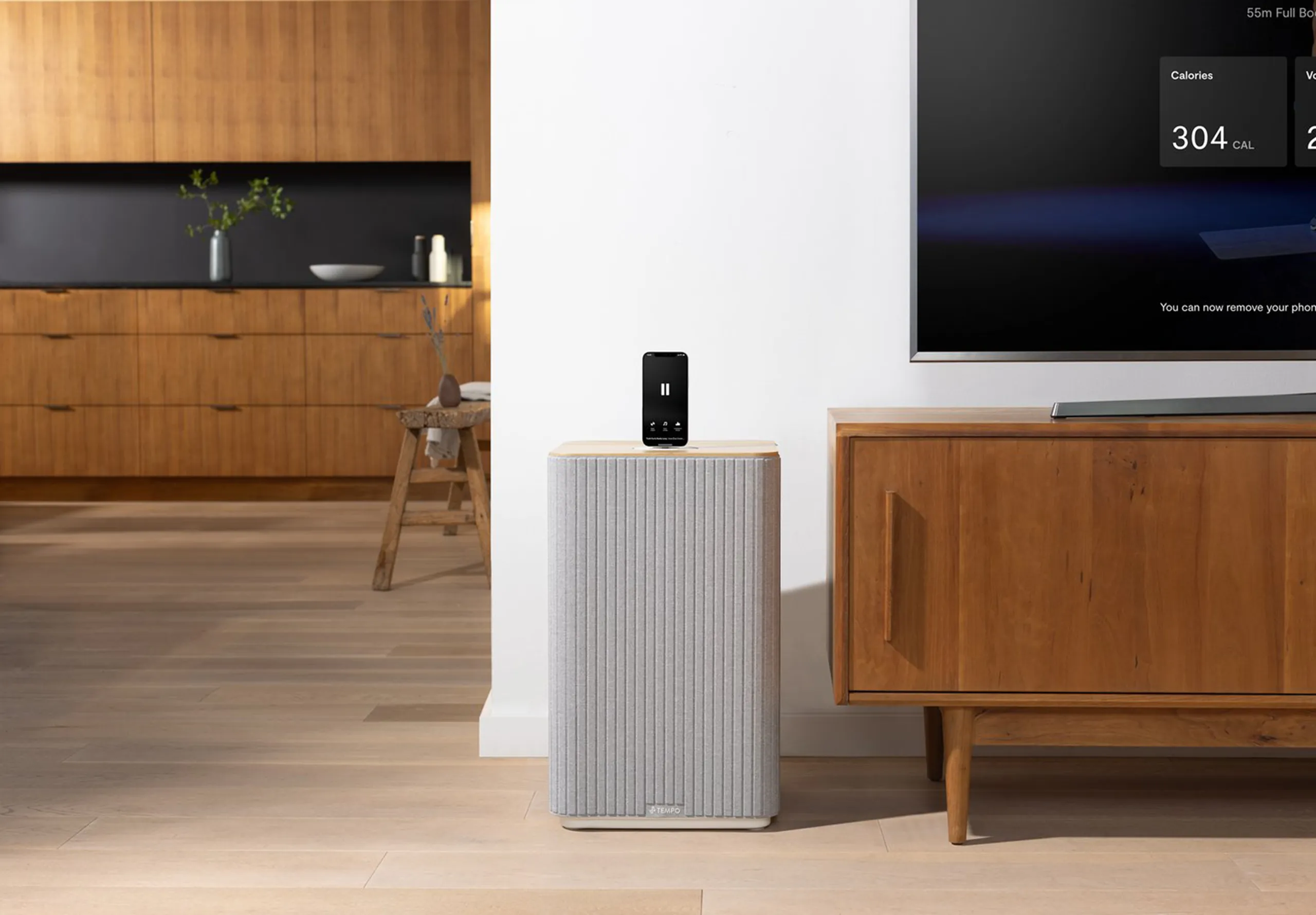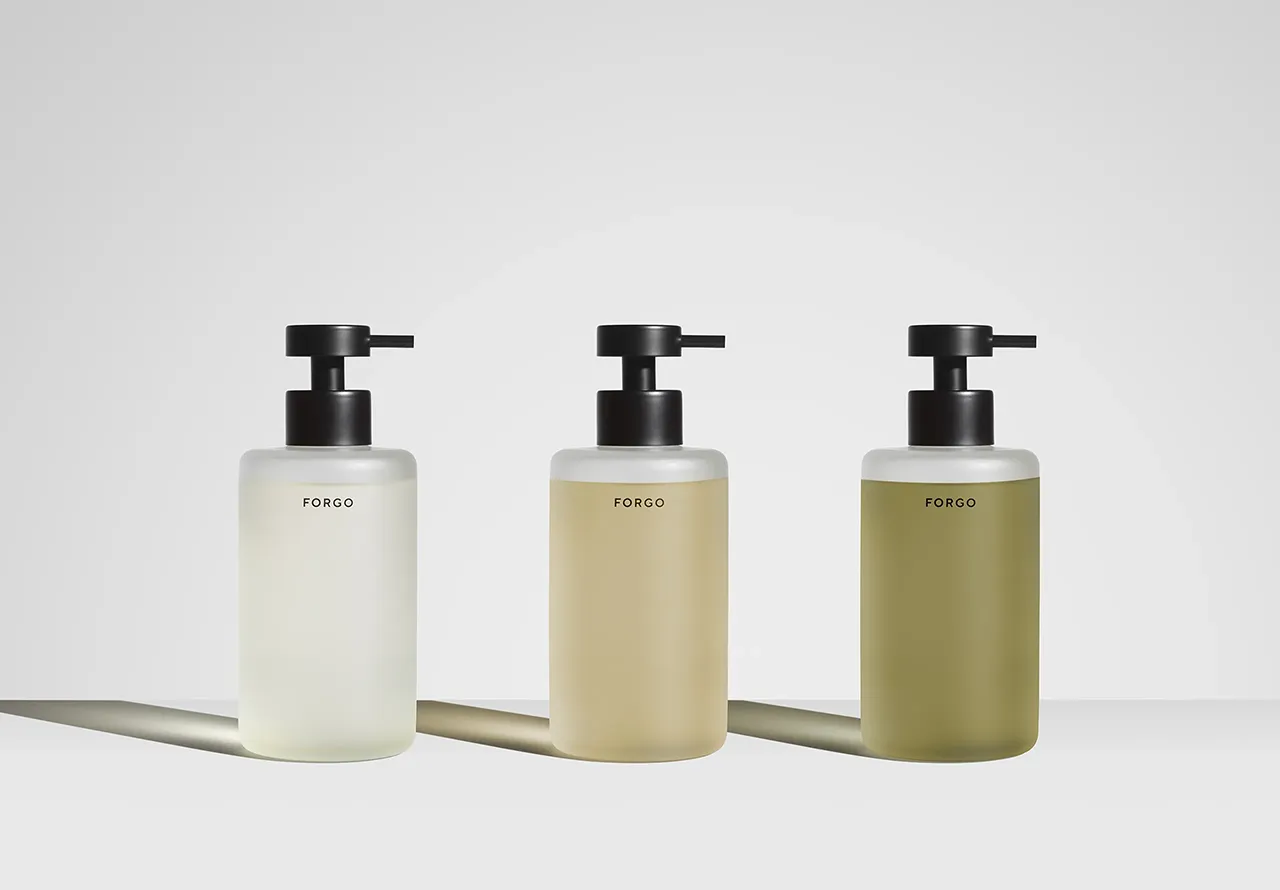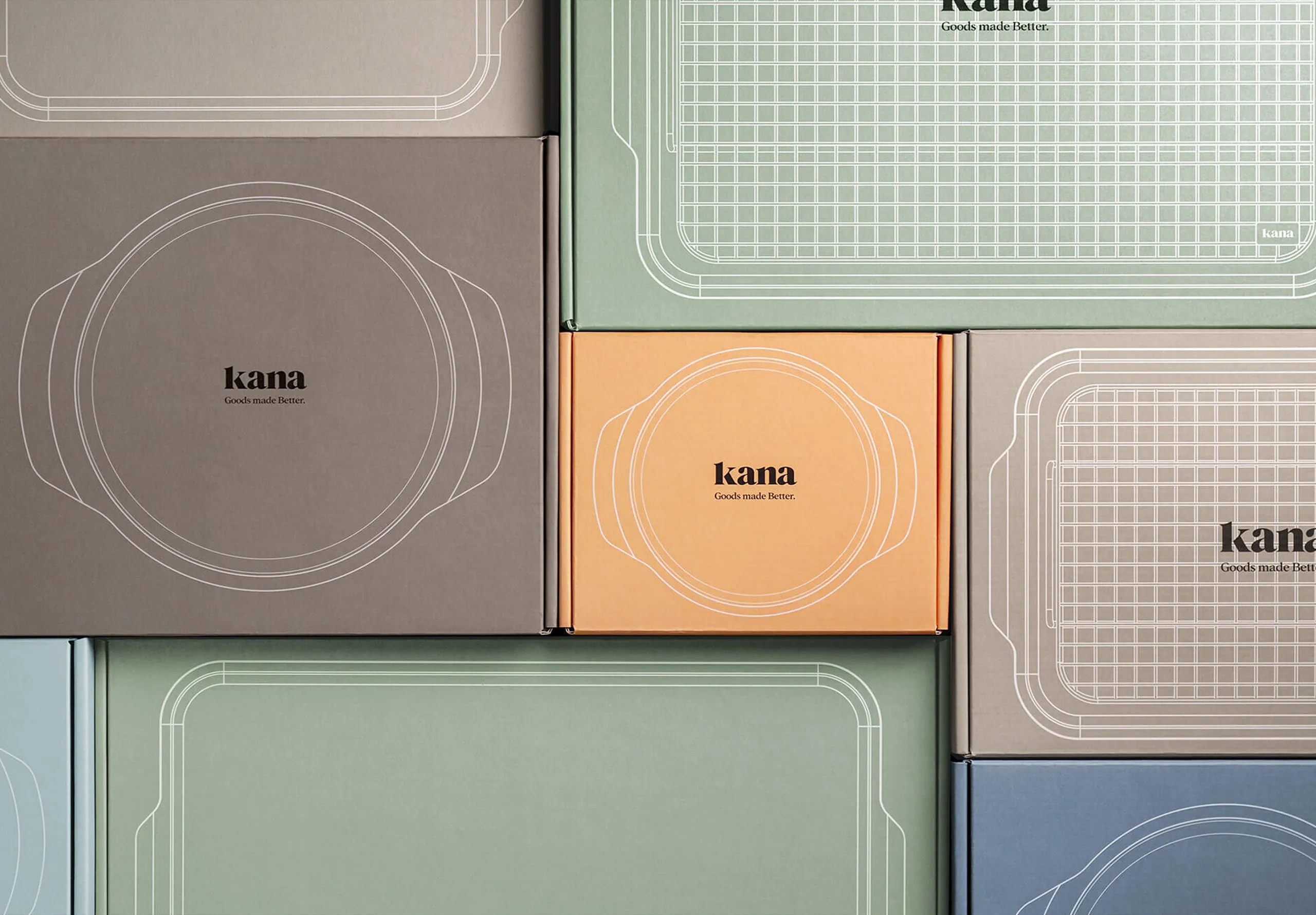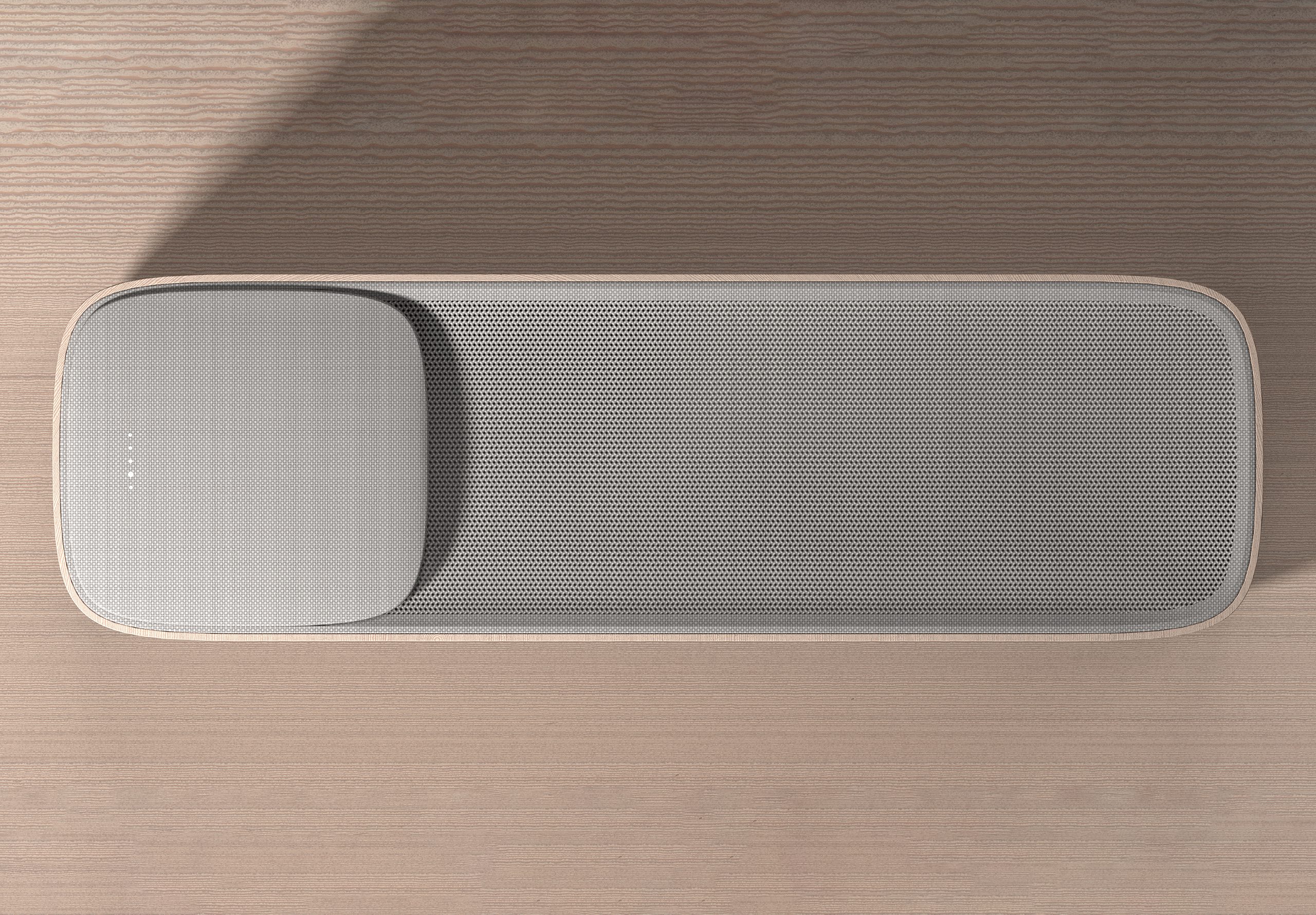Design is making a difference
Author Béatrice Lorans
Design has always been a powerful tool for change.
Today, we’re seeing bold innovations tackle real challenges in fresh ways – from democratising scientific knowledge to reimagining fashion design through technology.
This month, I’m exploring how designers are cutting through complexity to create positive change, whether that’s through radical transparency, immersive experiences, or practical toolkits.
Here are four innovations that caught my attention…
The Ordinary & Uncommon’s Digital Archive
Skincare is full of myths. Some harmless, some… not so much. The Ordinary, already known for shaking up the beauty world with its no-BS, science-first approach, has teamed up with Uncommon Creative Studio to launch The Truth Should Be Ordinary, a free digital archive that lifts the veil on industry secrets.
Dubbed the WikiLeaks of beauty, this platform makes once-hidden scientific research available to everyone, cutting through the marketing fluff and misinformation. Now, instead of relying on half-truths and fear-based advertising, consumers can go straight to the facts. It’s a masterclass in transparency—something every brand could learn from.
Expo 2025 x the Netherlands pavilion
At the heart of the Netherlands Pavilion for Expo 2025 in Osaka, a glowing sphere rises like the sun, a symbol of limitless clean energy. This immersive space, designed by RAU Architects, DGMR, Tellart, and Asanuma, showcases innovative ways to harness water for renewable power. Beyond the striking architecture, the experience invites visitors to explore sustainability on a deeper level.
The pavilion brings together technology, design, and storytelling to reimagine how energy can be clean, accessible, and circular. As the world searches for sustainable solutions, this project brings them to life in a way that feels inspiring and tangible.
MIT Self Assembly Lab x Ministry of Supply
A dress that moulds to your body in real time might sound like something out of sci-fi, but MIT’s Self-Assembly Lab and Ministry of Supply have turned it into reality. The 4D-Knit Dress uses heat-activated yarns, computerised knitting, and robotic precision to shape itself instantly. No tailoring, no cutting, no waste. It starts as a simple knitted tube, but when heat is applied, it transforms, just like the way a tailor carefully pins and tucks fabric for the perfect fit.
I love this because it shows how fashion can be fluid, responsive, and designed for real life. Clothes that shift with us instead of against us, crafted with intelligence and sustainability at their core.
Aad’s Guide to Sustainable Design
We don’t often think about the environmental impact of the websites we visit, but digital design has a carbon footprint – one that’s bigger than you might expect. Irish design agency Aad is on a mission to change that with their Digital Sustainability Resource, a toolkit that helps designers create cleaner, more eco-friendly digital experiences.
Packed with practical tips like optimising images, reducing video sizes, and designing with energy efficiency in mind, it’s a wake-up call for an industry that often prioritises aesthetics over impact. The internet isn’t going anywhere, but if we design it smarter, it doesn’t have to cost the earth.
Looking for more design inspiration?






